Vanity mirrors with integrated lights- often called mirrors with light or LED bathroom mirrors- have become a staple in modern bathrooms across the United States. They combine functionality, style, and innovative features like anti-fog, dimmable lighting, and Bluetooth connectivity. But with their growing popularity comes an essential question: What electrical standards govern these mirrors to ensure safety, compliance, and performance in your home?
This comprehensive guide will walk you through the key electrical regulations, certifications, and best practices you need to know before choosing or installing a mirror with light for your bathroom. Whether you’re a homeowner, designer, or contractor, understanding these standards is crucial for safety and peace of mind.
Why Electrical Standards Matter for Vanity Mirrors With Lights
Bathrooms are high-moisture environments, making electrical safety a top priority. A mirror with light that isn’t properly certified or installed can pose risks such as electric shock, fire hazards, or interference with other devices. That’s why strict standards and codes protect you and your home.
Key Electrical Standards and Certifications
1. UL and ETL Certifications: The North
American Safety Benchmark
UL (Underwriters Laboratories) and ETL (Electrical Testing Laboratories) are
the gold standards for electrical safety in the U.S. and Canada.
These certifications mean the mirror with light has undergone rigorous testing for electrical integrity, fire resistance, and environmental factors.
Products bearing the UL or ETL mark are safe in wet and humid environments like bathrooms.
Why It Matters:
A UL or ETL-certified mirror ensures that it won’t short-circuit or become a fire hazard, even in steamy conditions. Manufacturers like Wellfor prioritize these certifications to guarantee both safety and reliability.
2. FCC Certification: Electromagnetic Compatibility
The Federal Communications Commission (FCC) certification is required for any mirror with light that includes wireless, Bluetooth, or innovative features.
FCC standards ensure the mirror does not emit excessive electromagnetic interference (EMI), which could disrupt other electronic devices in your home.
Why It Matters:
If your mirror has Bluetooth speakers or Wi-Fi, FCC certification is non-negotiable. It ensures your tech-enhanced mirror won’t interfere with your home’s communication systems.
3. Ingress Protection (IP) Ratings
The IP rating indicates how well the fixture is protected against water and dust.
For most vanity mirrors near sinks, IP44 or higher is recommended.
For mirrors exposed to direct water (such as inside a shower enclosure), IP65 or higher is required.
Why It Matters:
An appropriate IP rating ensures your mirror with light can withstand splashes and humidity, preventing corrosion and electrical shorts.
4. National Electrical Code (NEC) Compliance
The NEC sets out specific guidelines for electrical installations in bathrooms.
Key requirements include:
GFCI (Ground Fault Circuit Interrupter) protection is available for all bathroom outlets and, in some cases, lighting circuits.
Minimum clearance for light fixtures near tubs and showers.
Dedicated circuits for bathroom lighting to prevent overloads2.
Why It Matters:

Compliance with the NEC is not just best practice; it’s the law in most U.S. jurisdictions. It ensures your installation is safe and up to code.
How These Standards Apply to a Mirror With Light
What Features Should Be Certified?
Integrated LED Lighting: Must be UL/ETL listed for wet or damp locations.
Smart Features (Bluetooth, Wi-Fi): Require FCC certification.
Anti-Fog and Heating Elements: Should be tested for electrical safety and moisture resistance.
Touch Controls and Dimmers: Must comply with UL/ETL standards for electronic controls.
Typical Electrical Specifications
Most mirror with light models operate on standard U.S. household voltage (110-120V).
Power consumption is low-usually between 3 to 50 watts, depending on size and features.
Many models are hardwired, though some offer plug-in or battery-powered options for flexibility.
Installation: Safety and Best Practices
Professional Installation Is Recommended
Hardwiring a mirror with light should always be performed by a licensed electrician to ensure compliance with NEC and local codes.
Proper sealing and moisture protection are essential to prevent hazards.
Key Installation Tips
Use GFCI-protected circuits for all bathroom electrical work.
Ensure the mirror is mounted securely and all wiring is moisture-sealed.
Follow manufacturer instructions for wiring and clearances.
Check that all certifications (UL, ETL, FCC, IP rating) are clearly marked on the product or in the documentation
Wellfor: A Brand Committed to Safety and Innovation
At Wellfor, we understand that a mirror with light is more than just a design element-it’s a daily essential that must be safe, reliable, and high-performing. That’s why all Wellfor mirrors are:
UL or ETL certified for electrical safety.
Designed with IP44 or higher ratings for moisture resistance.
Equipped with energy-efficient LED lighting, anti-fog features, and smart controls.
Backed by clear installation guides and customer support to ensure a seamless experience.
Choosing the Right Mirror With Light: What to Look For
When shopping for a bathroom mirror with lights, keep these factors in mind:
Certification Labels: Always check for UL, ETL, and FCC marks.
IP Rating: Ensure it matches your bathroom’s moisture exposure.
GFCI Compatibility: Especially if the mirror is near water sources.
Energy Efficiency: Look for LED models with low wattage and long lifespan.
Additional Features: Consider anti-fog, dimmable lighting, touch controls, and Bluetooth speakers for added convenience.
Size and Style: Choose a mirror that fits your space and complements your décor.
Common Questions About Electrical Standards for Mirrors With Lights
Do all lighted mirrors need to be hardwired?
Most are designed for hardwiring, but some plug-in or battery-powered options exist. Always follow the manufacturer’s instructions and local codes.
Can I install a mirror with light myself?
While plug-in models may be DIY-friendly, hardwired installations should be handled by a licensed electrician to ensure code compliance and safety.
What happens if my mirror isn’t certified?
Using a non-certified mirror can void your home insurance, fail inspections, and put your safety at risk. Always choose certified products.
Final Thoughts
A mirror with light is a fantastic upgrade for any bathroom, offering style, convenience, and enhanced functionality. But don’t overlook the importance of electrical standards and certifications. By choosing a product from a reputable brand like Wellfor and ensuring compliance with UL/ETL, FCC, IP ratings, and NEC requirements, you’ll enjoy a safe, beautiful, and long-lasting addition to your home.
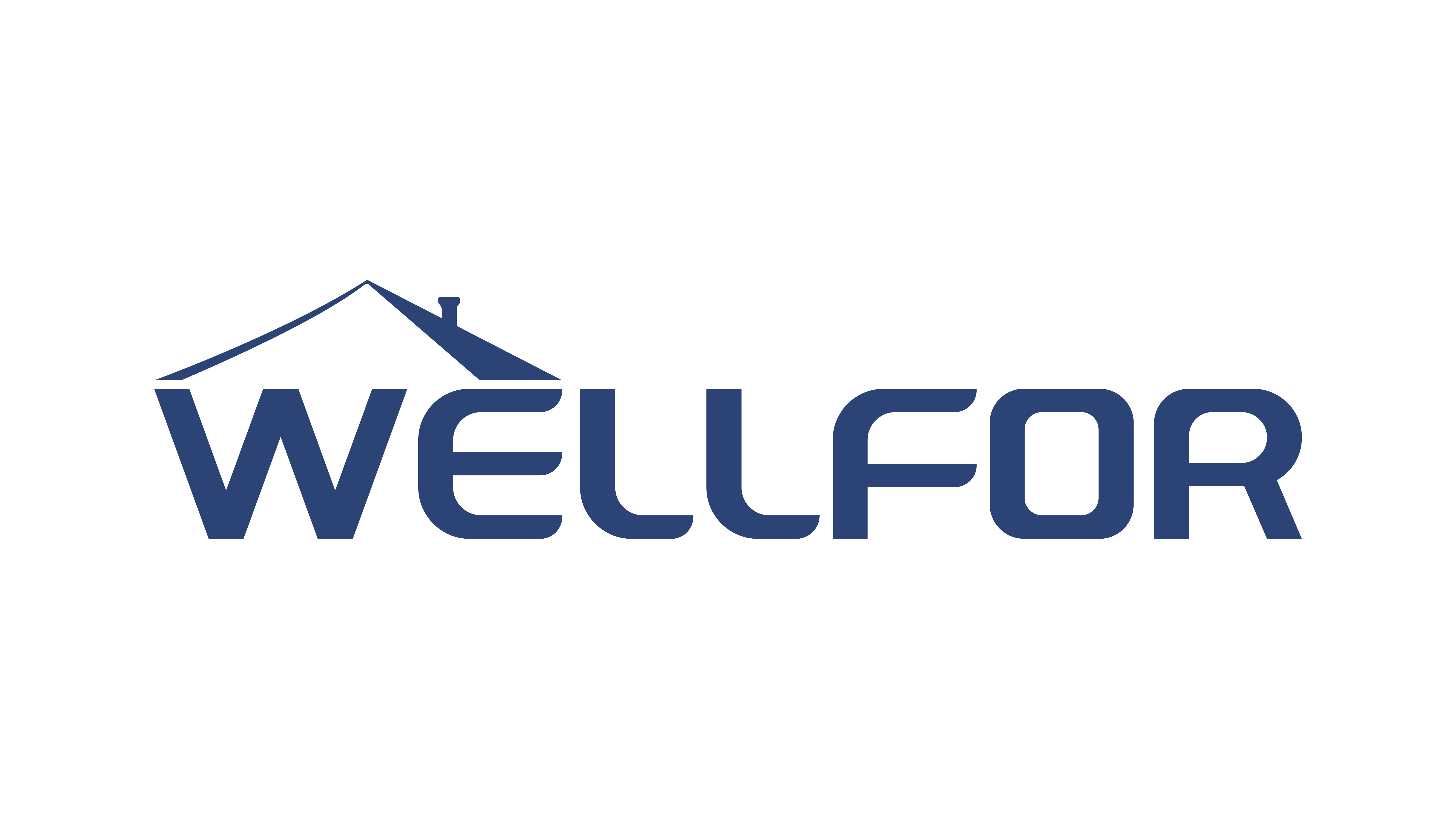
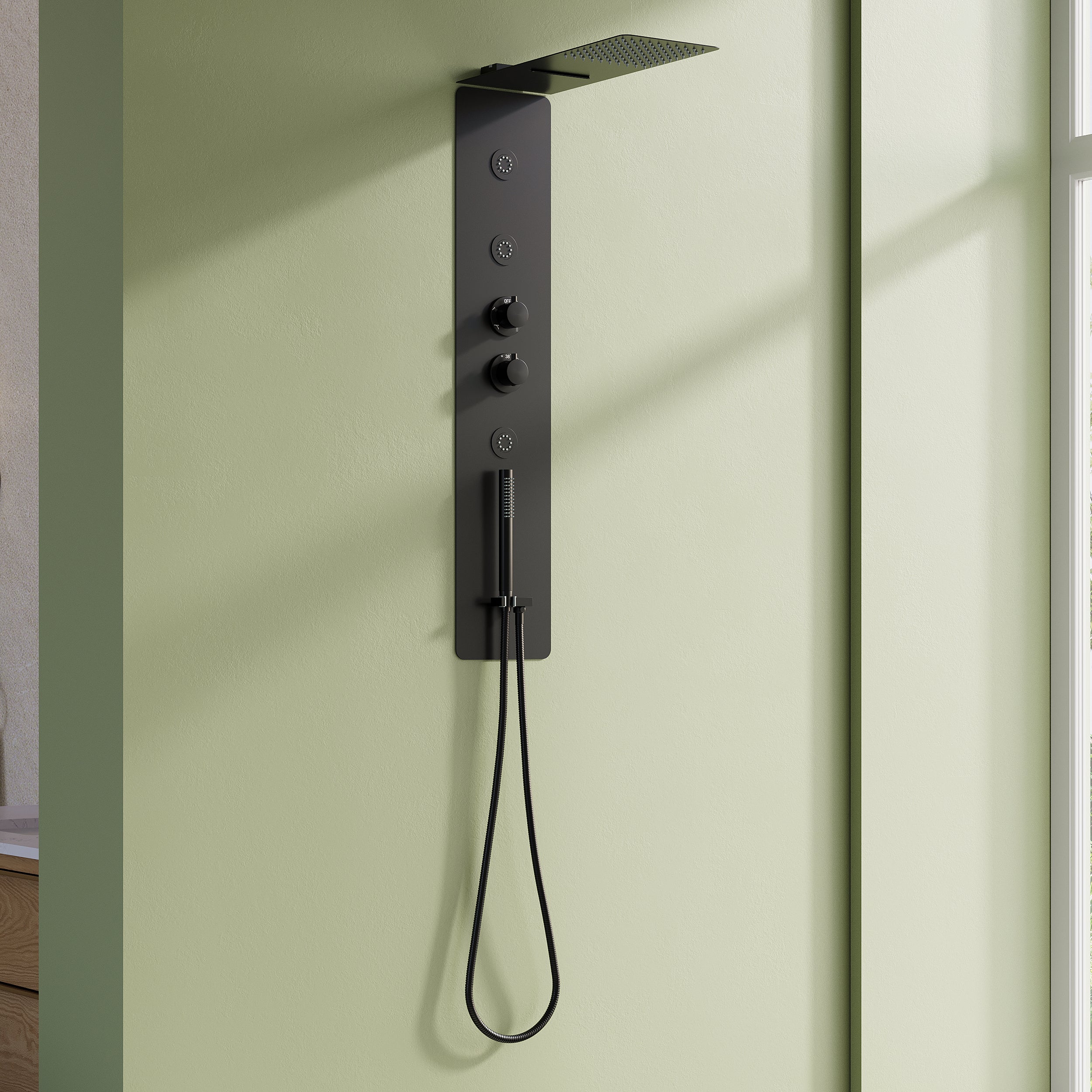






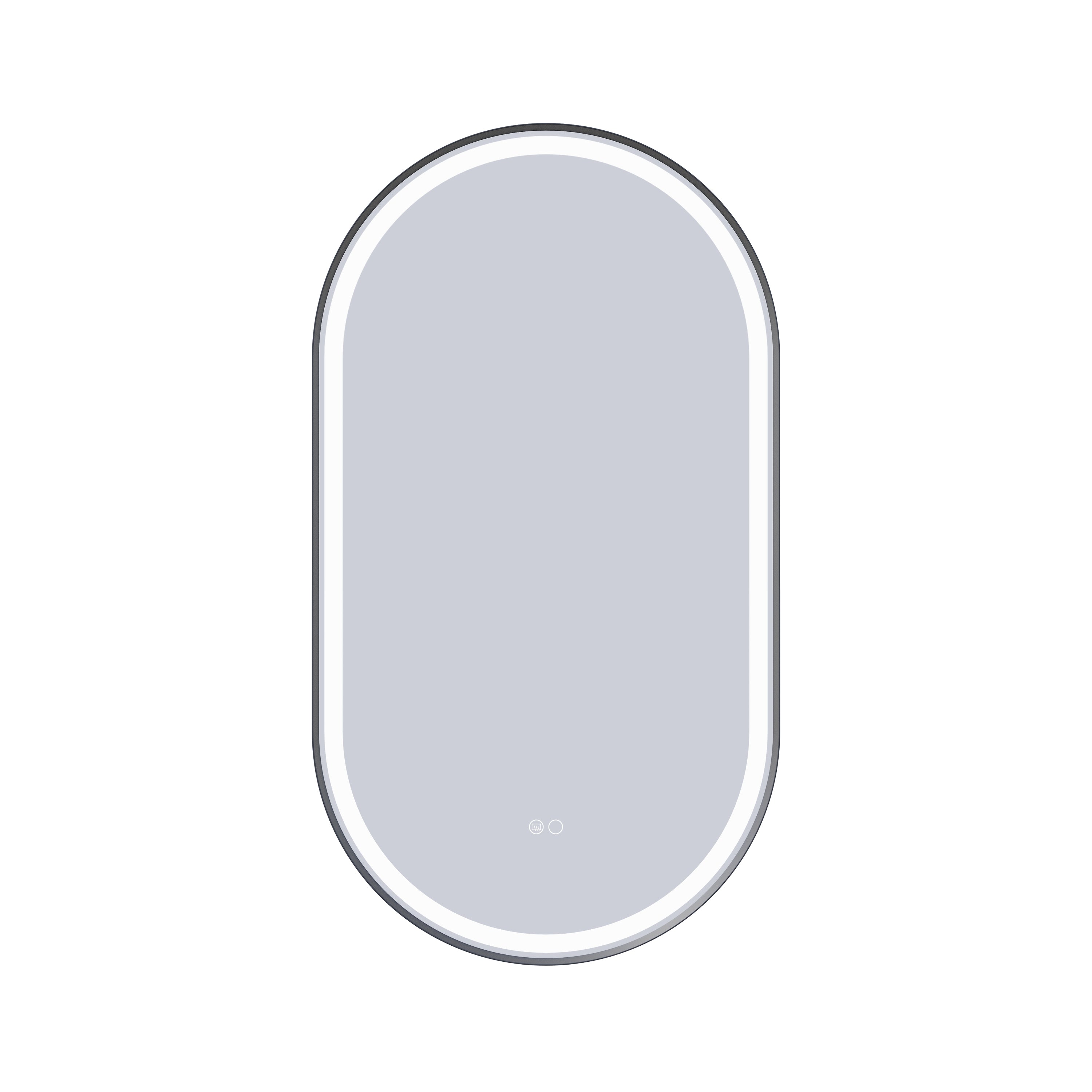

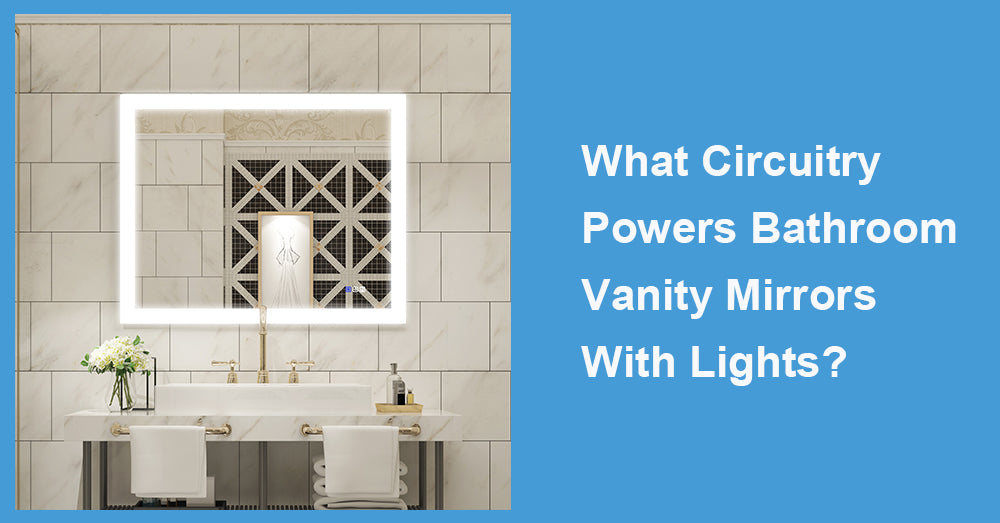

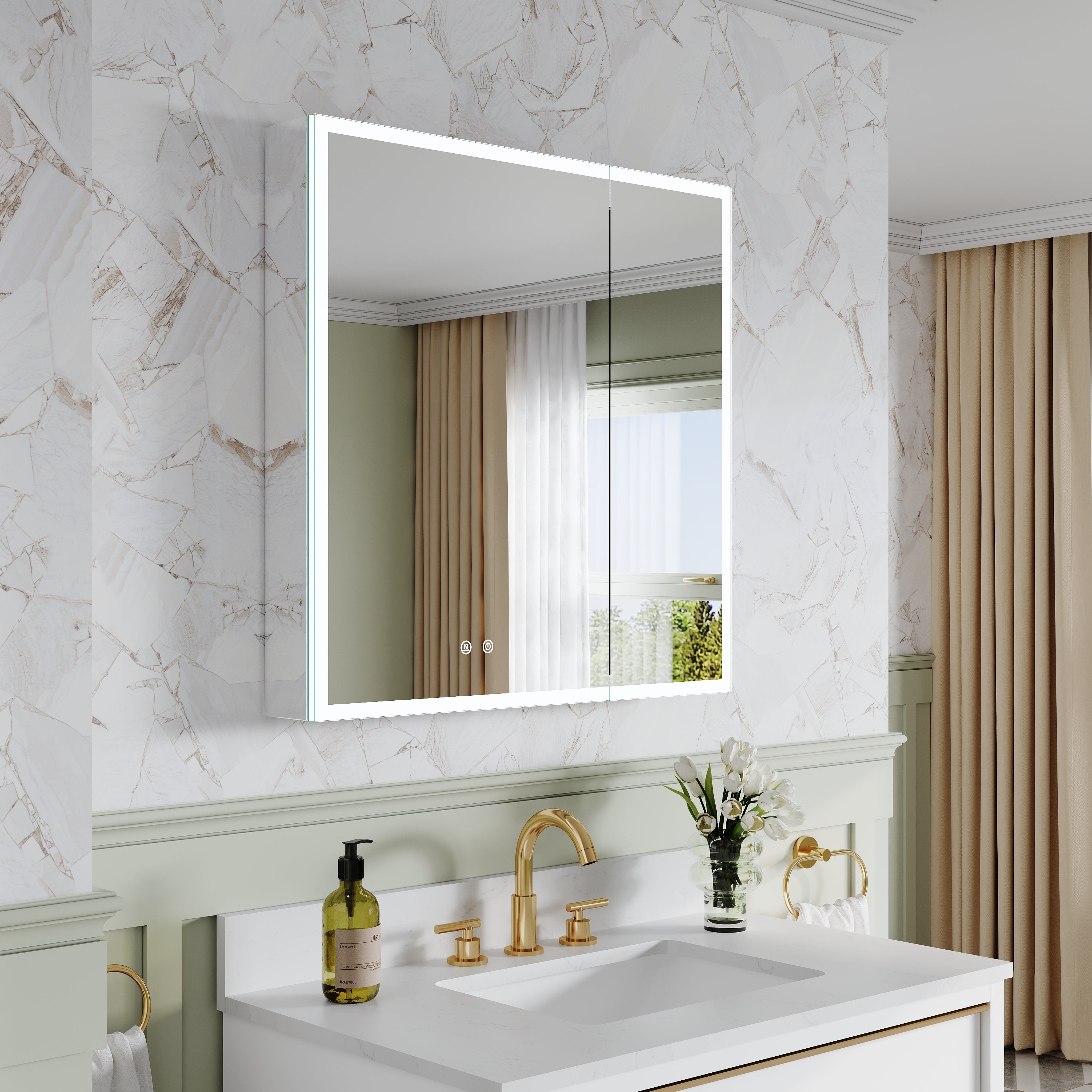
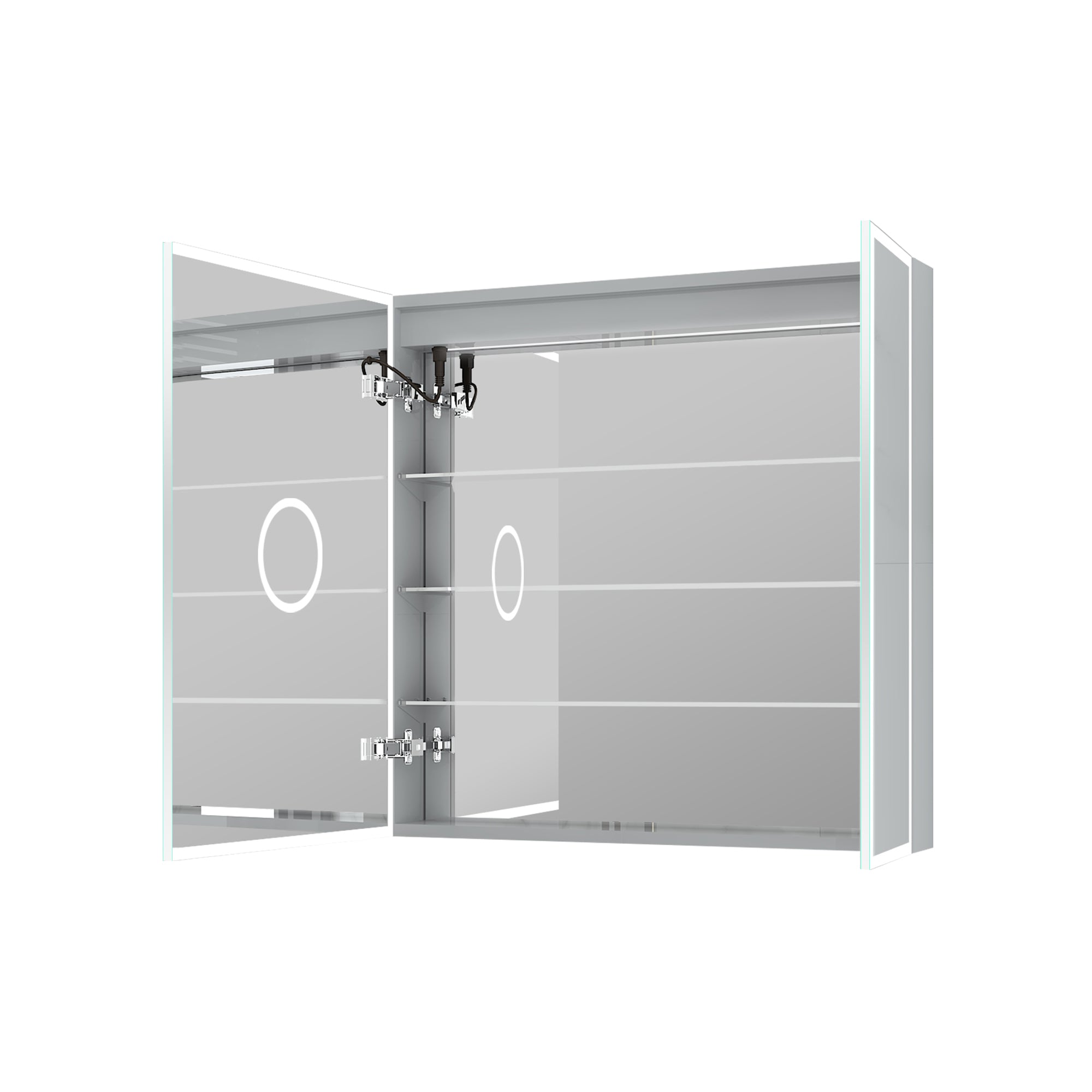
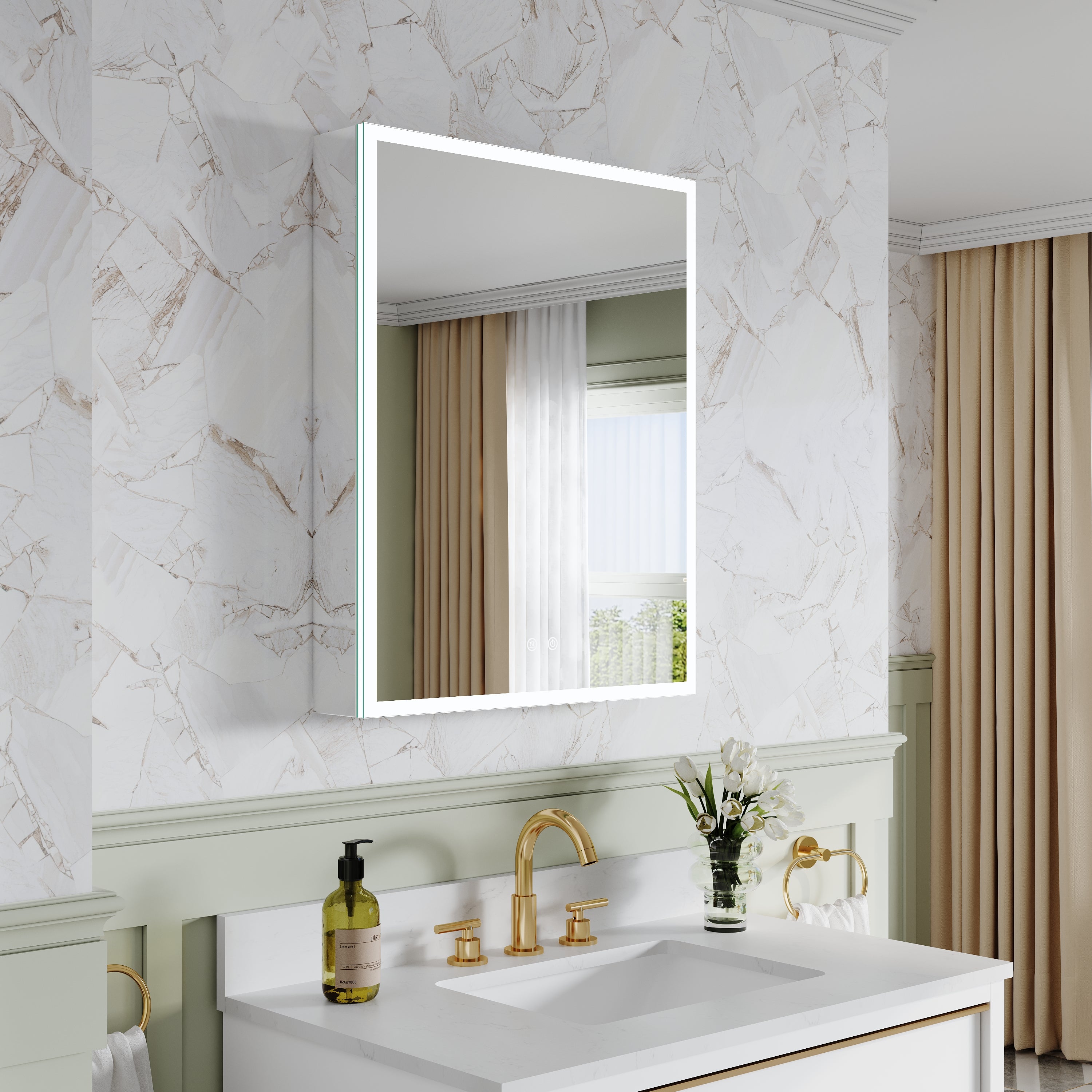
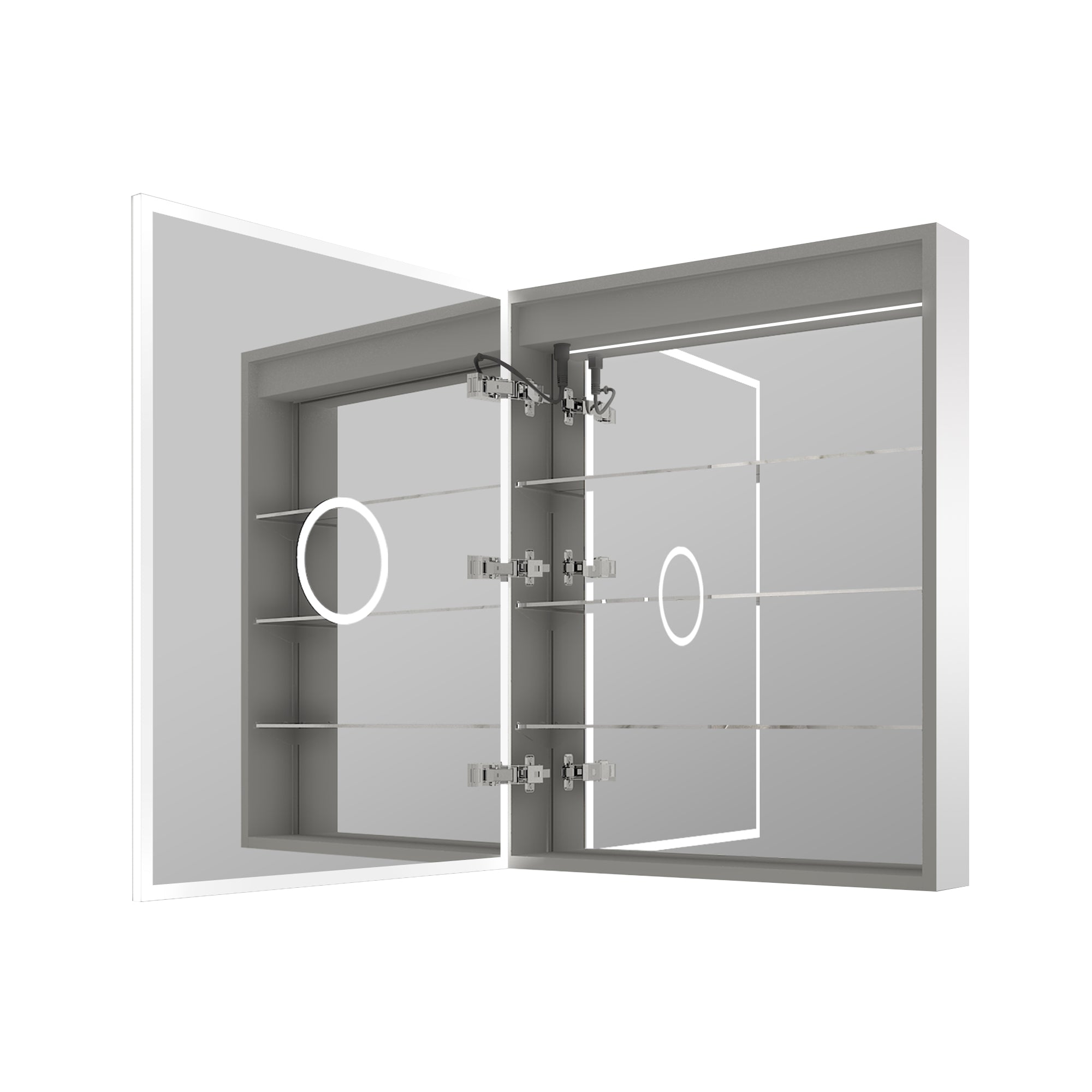
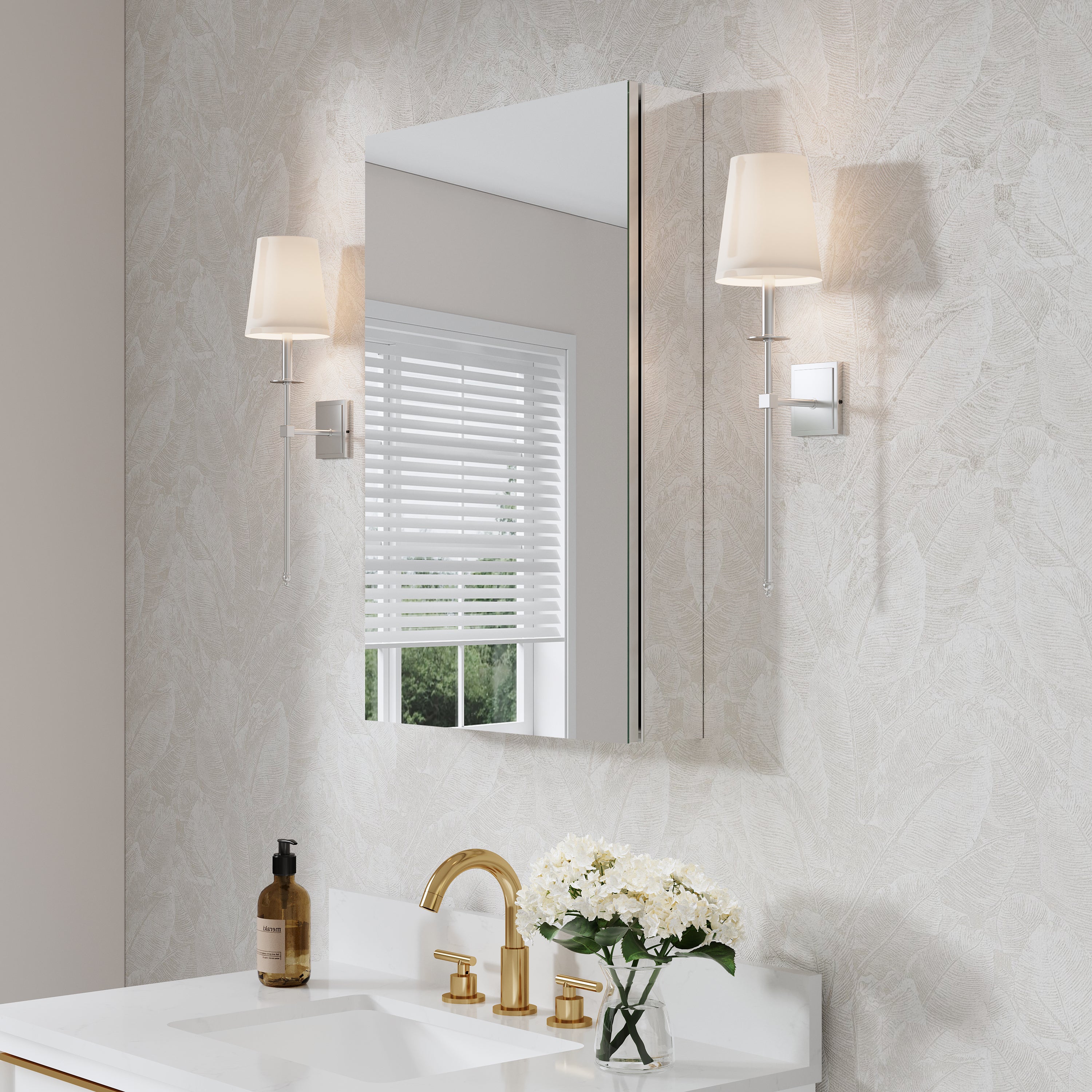
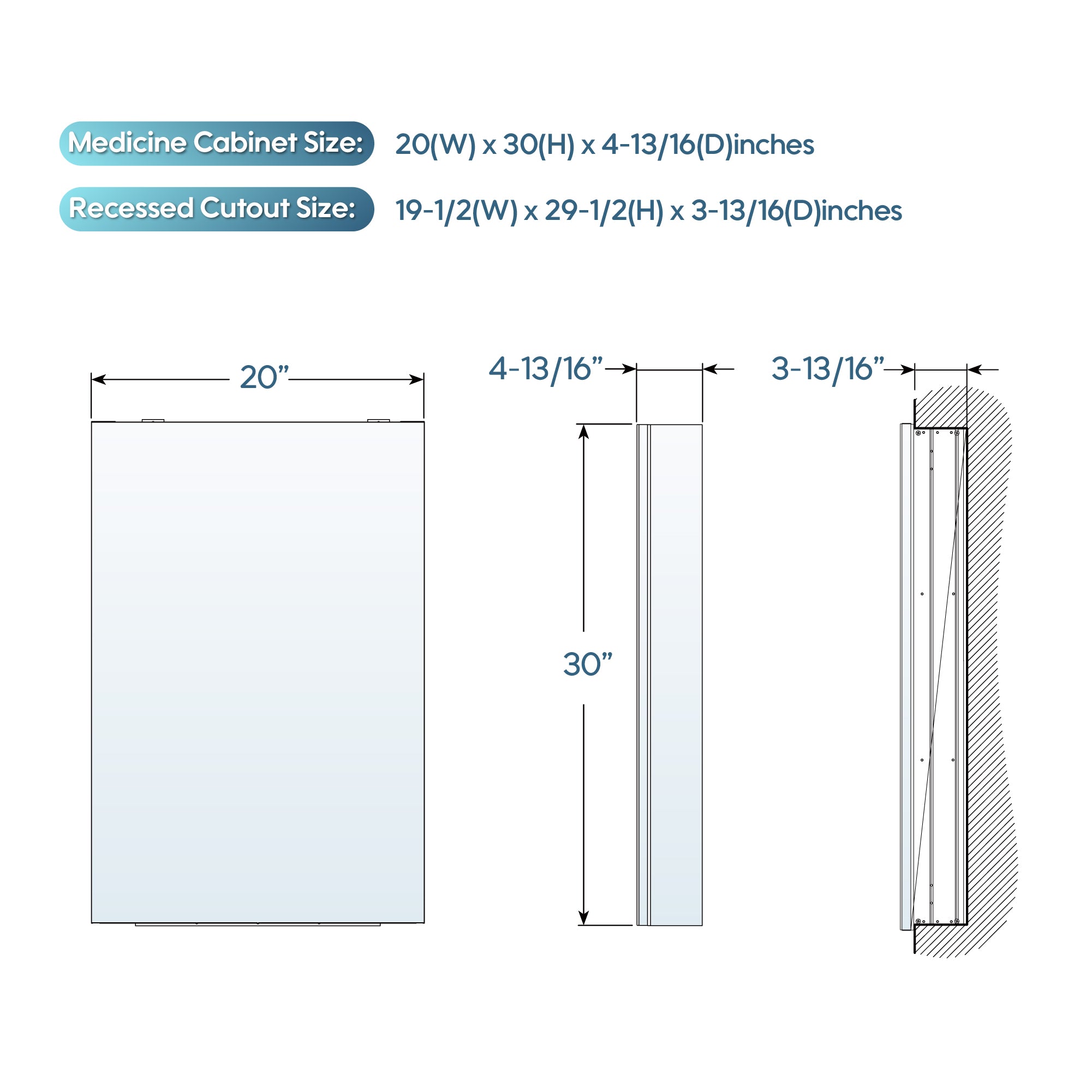
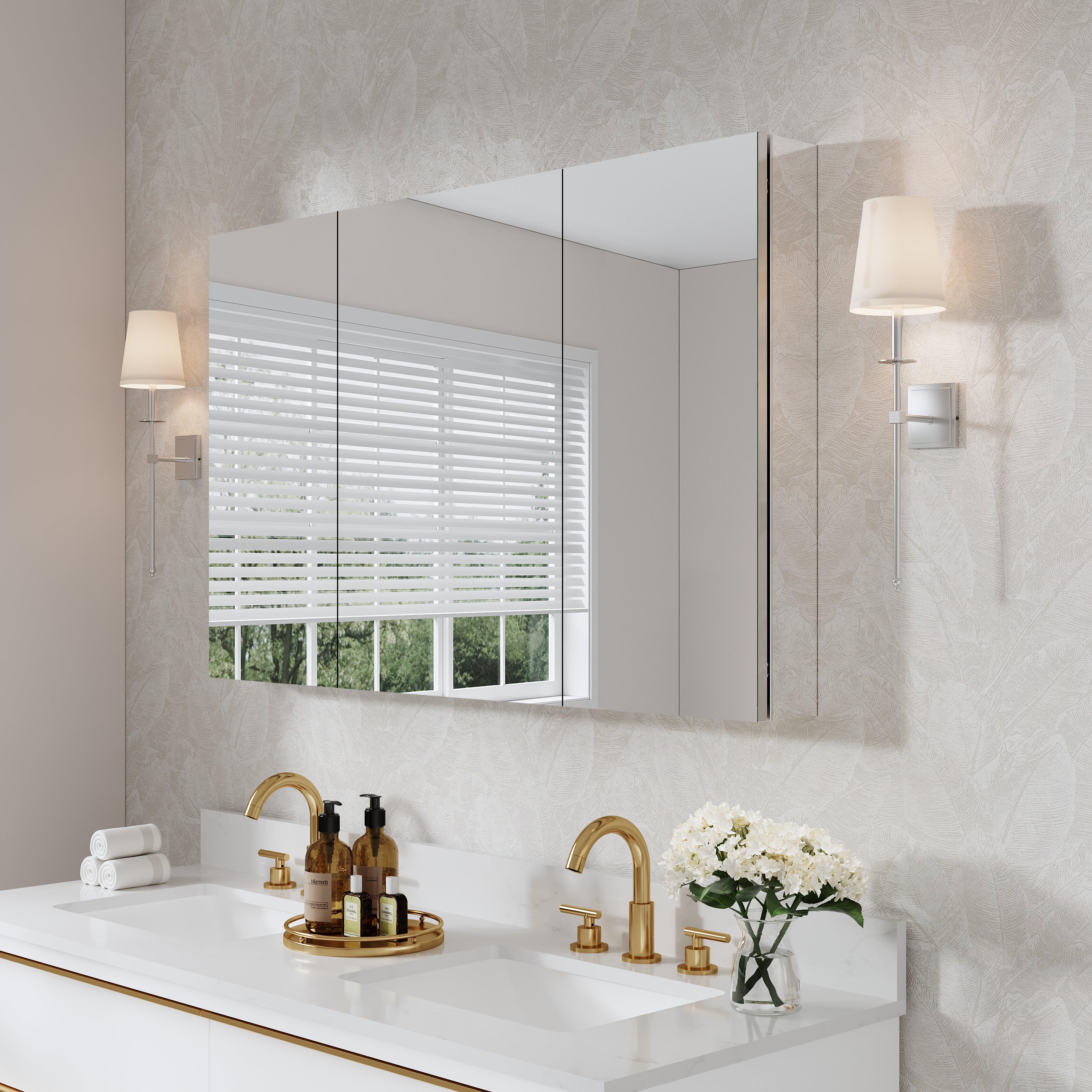
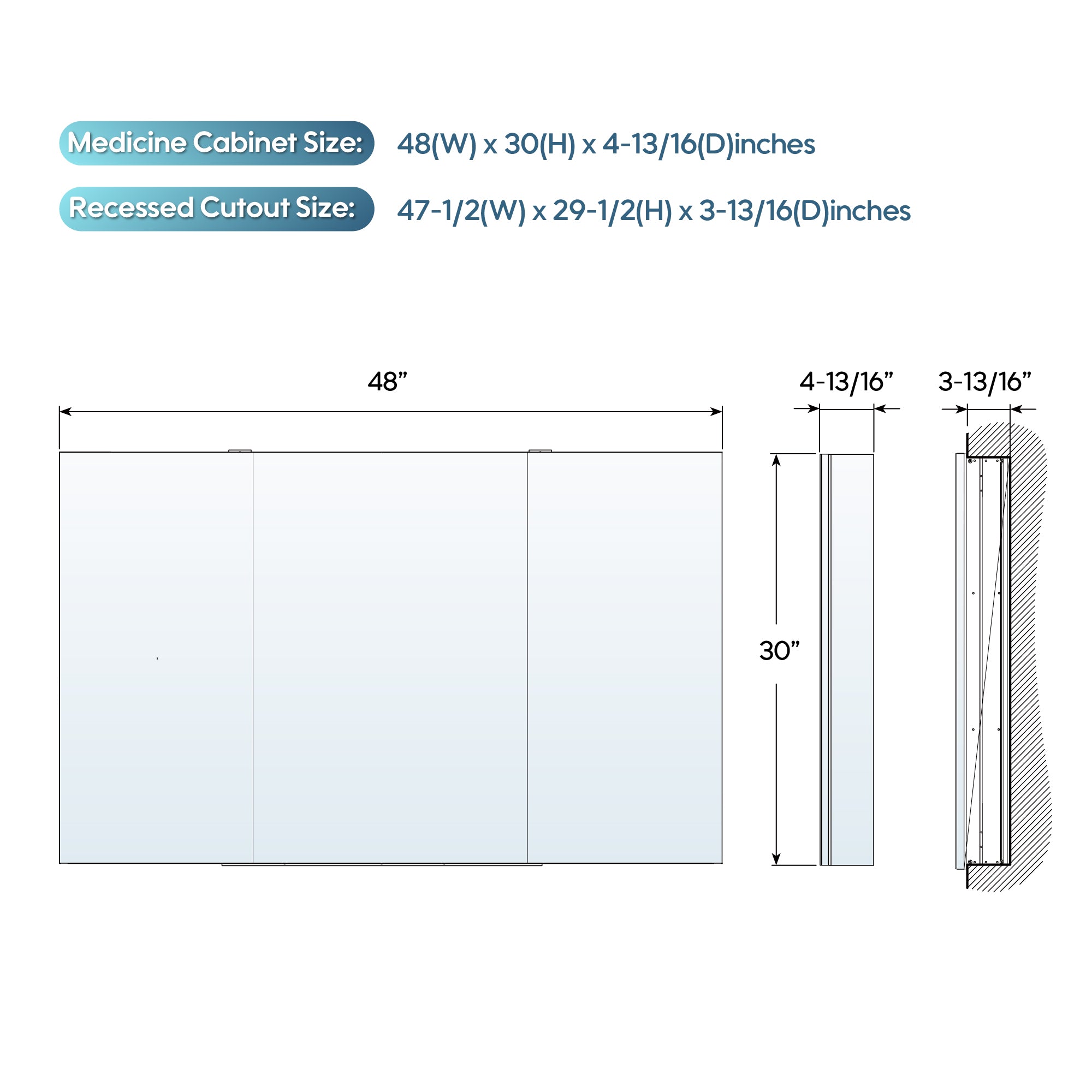
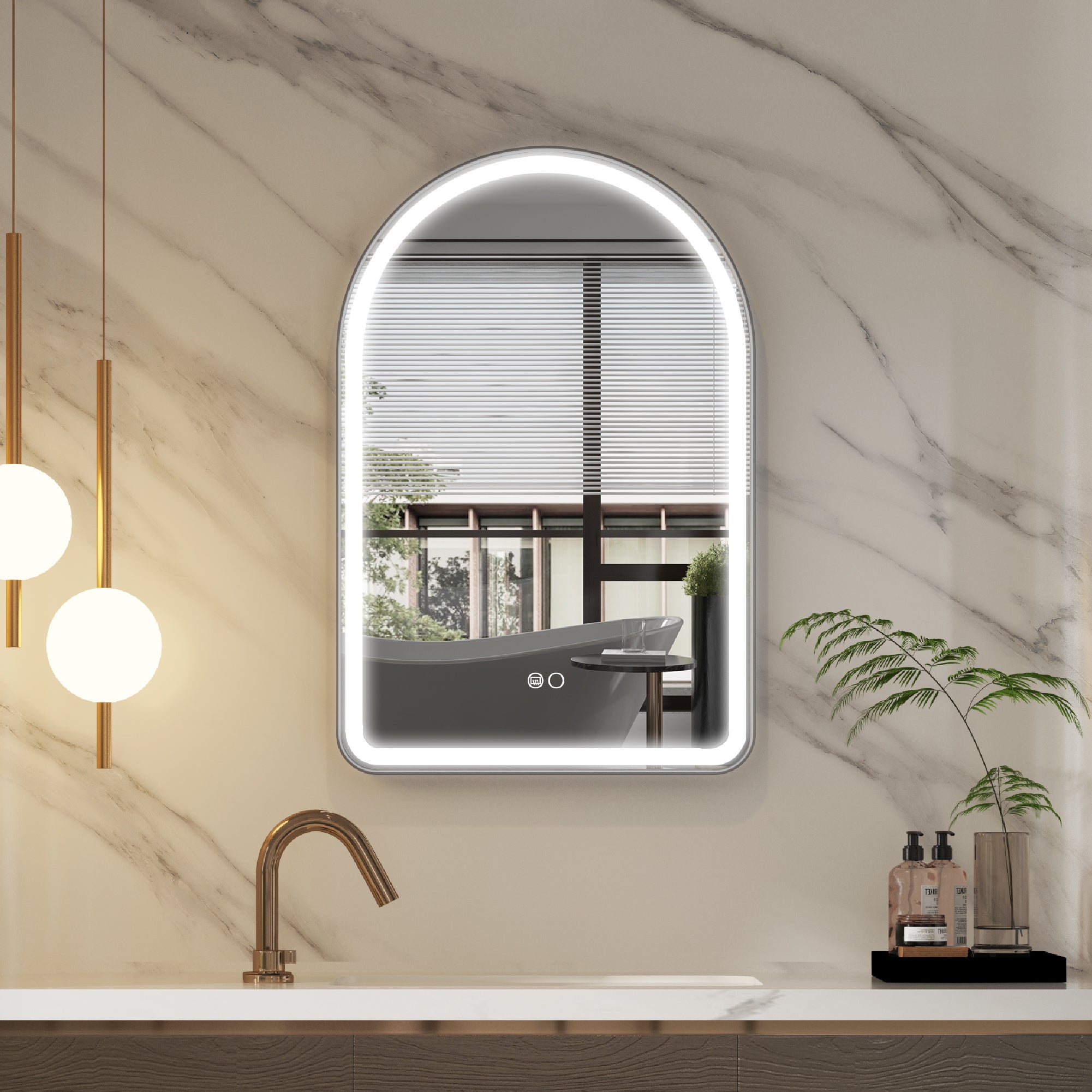

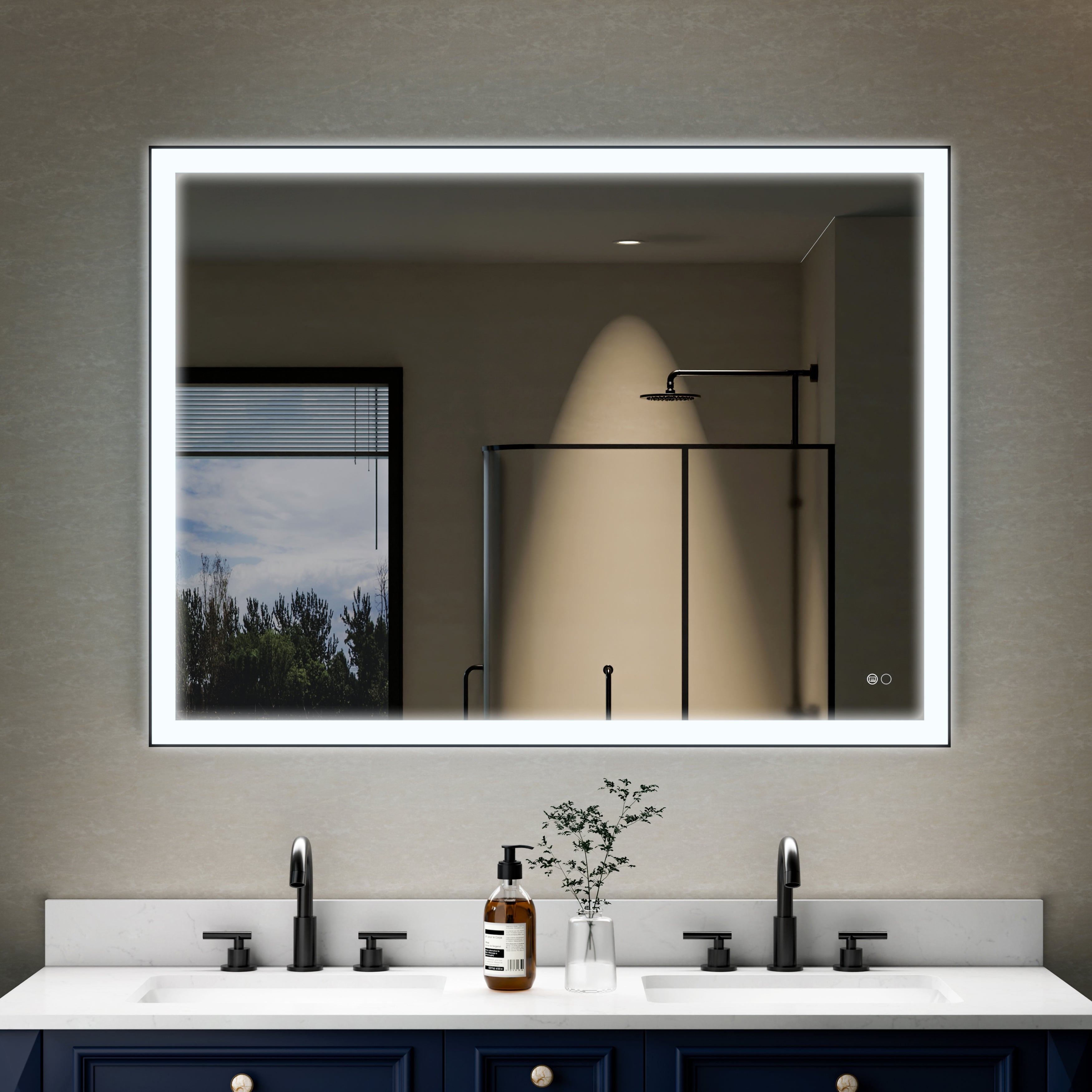
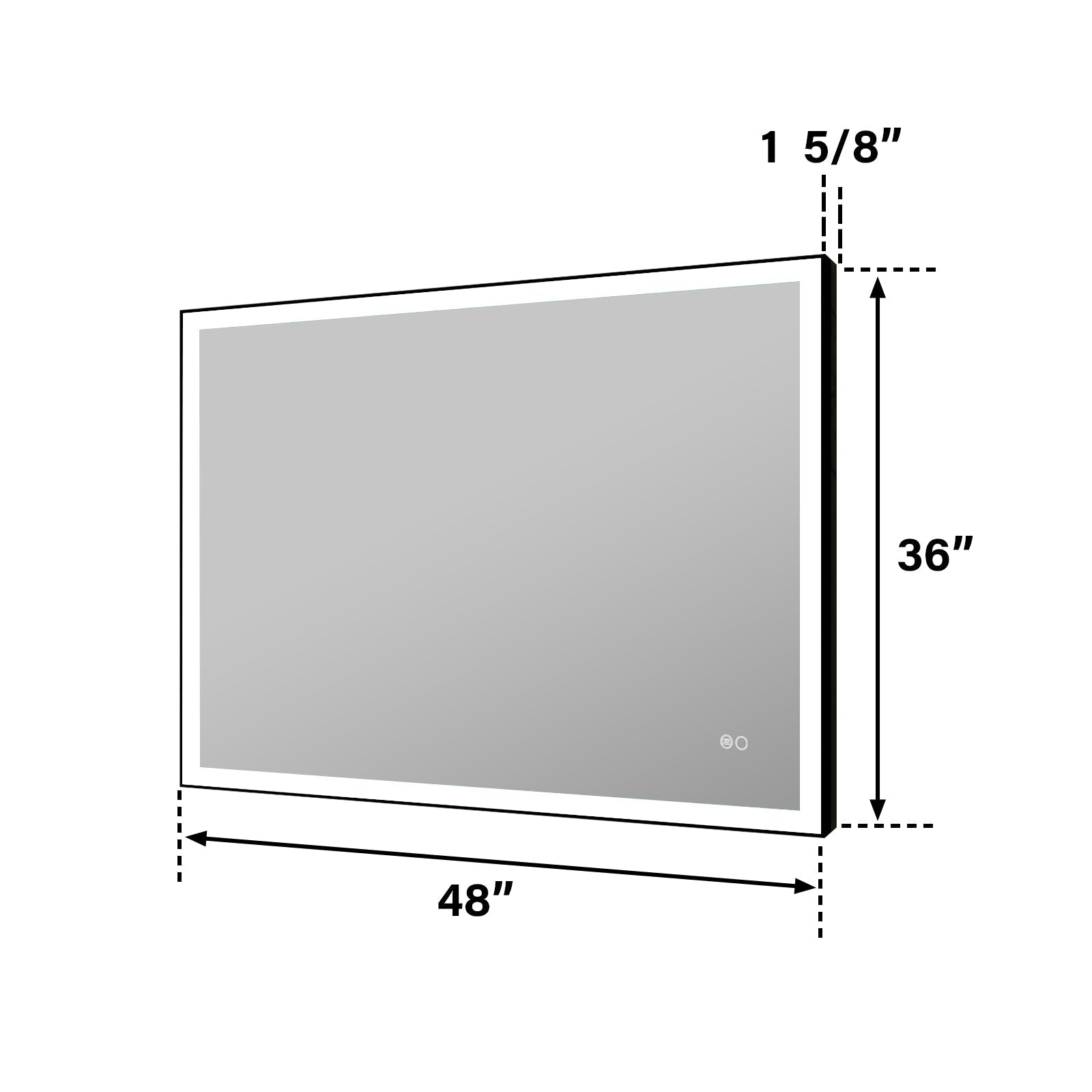
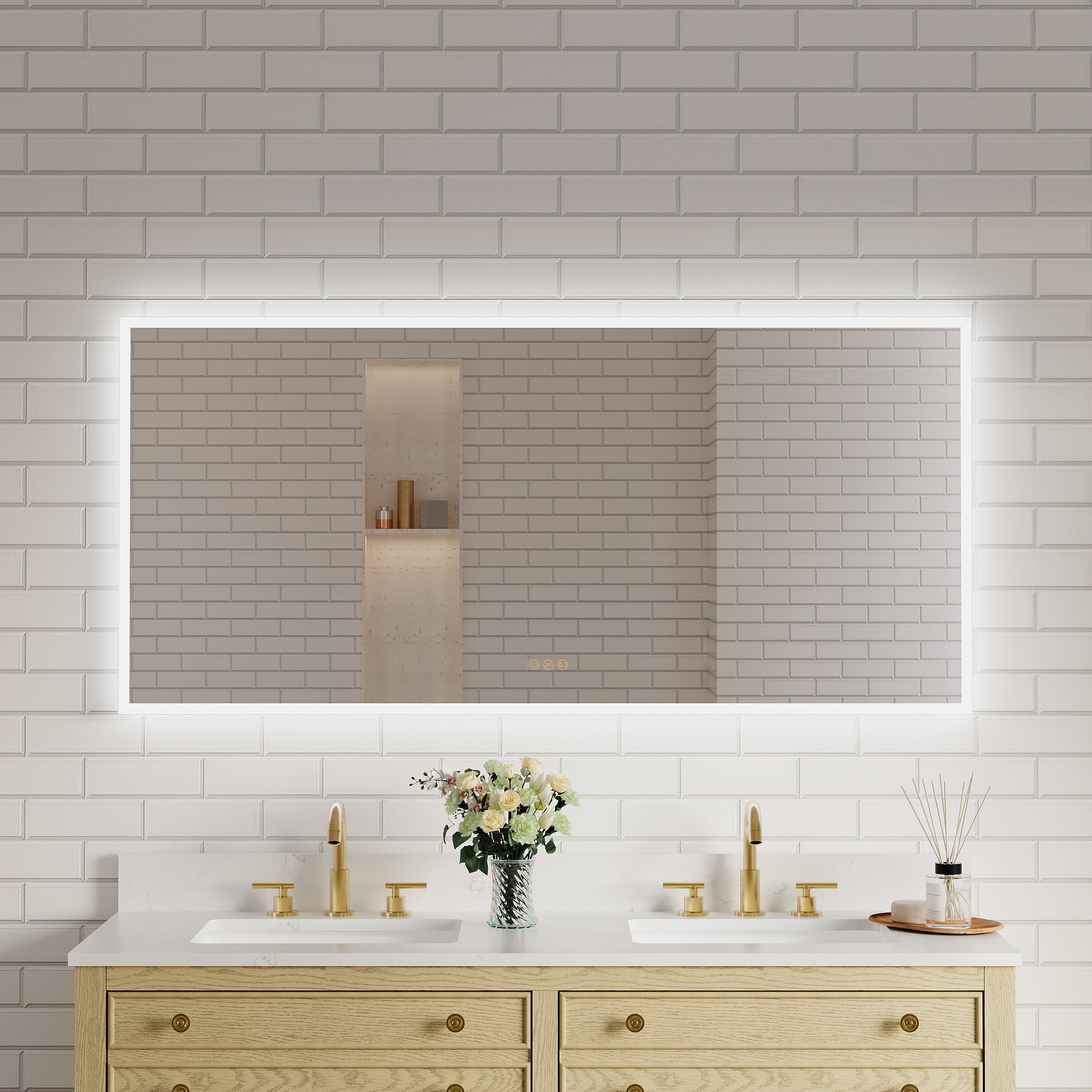

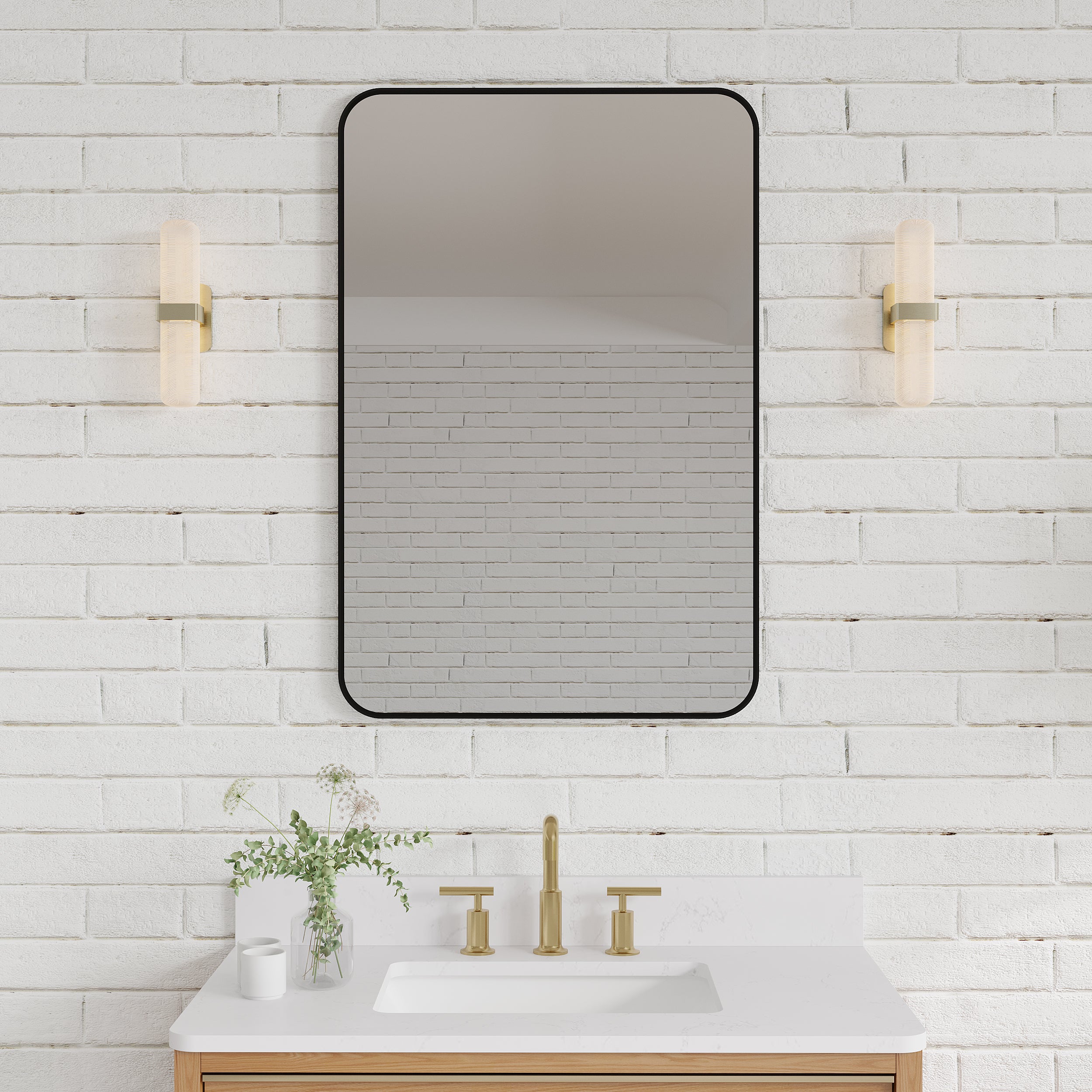
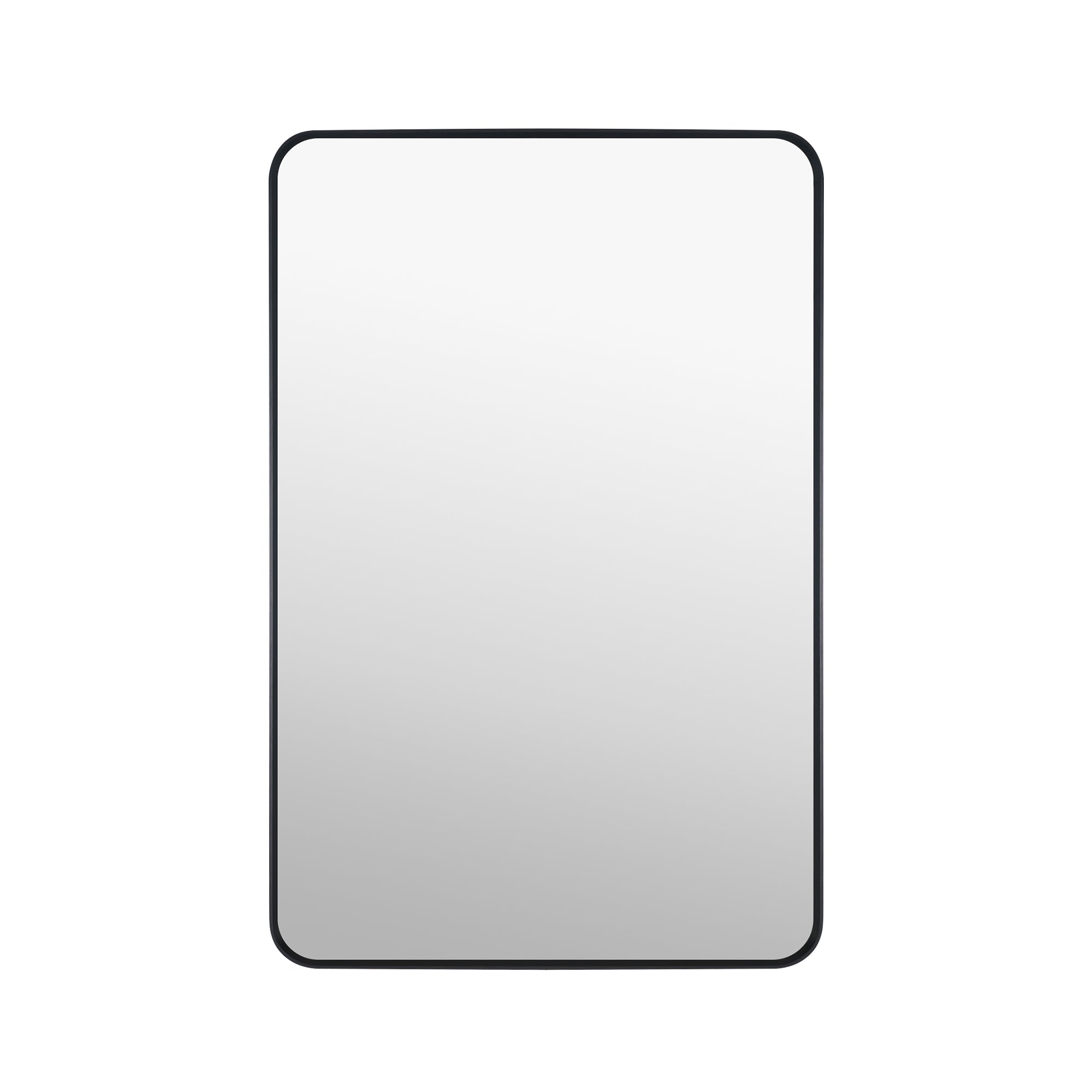
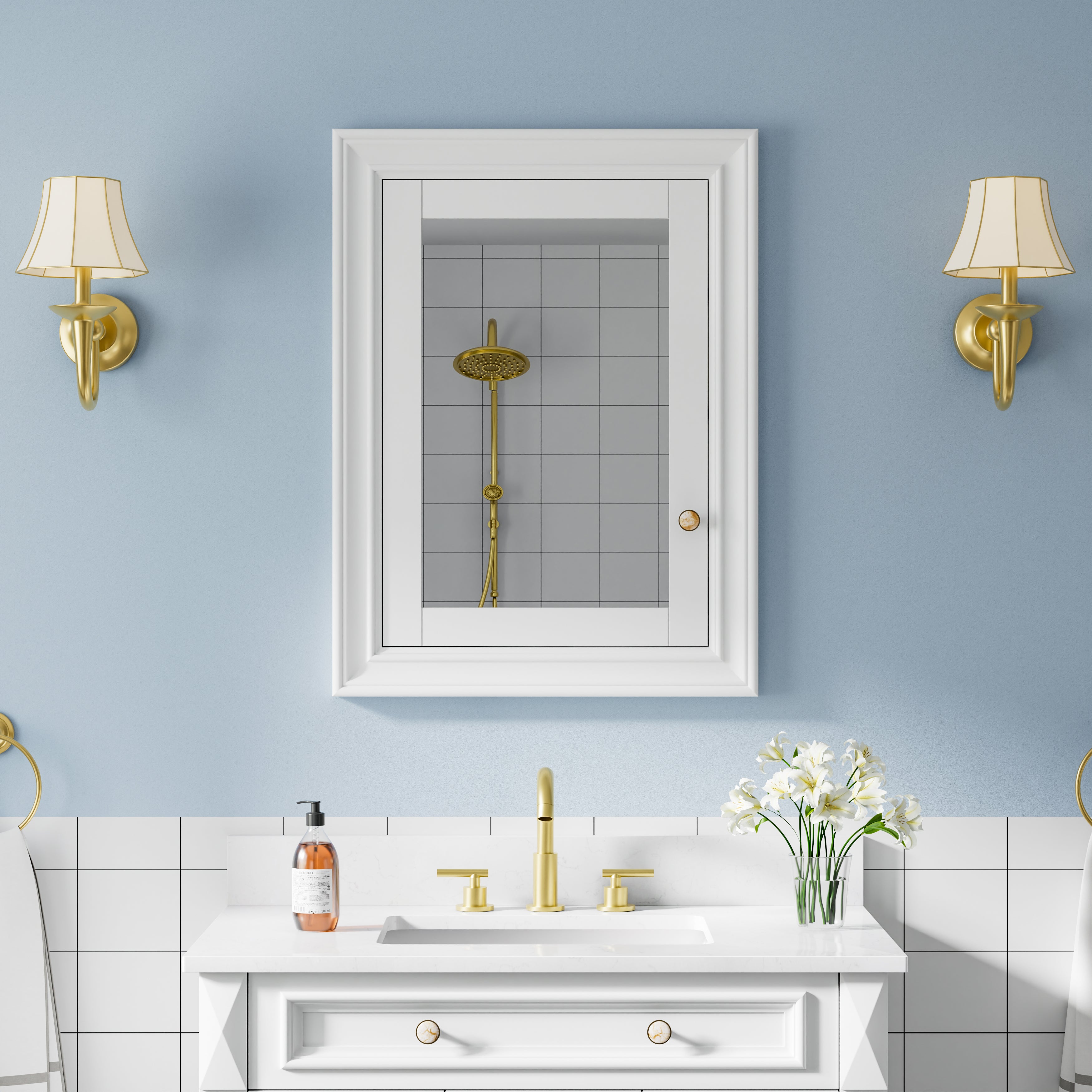
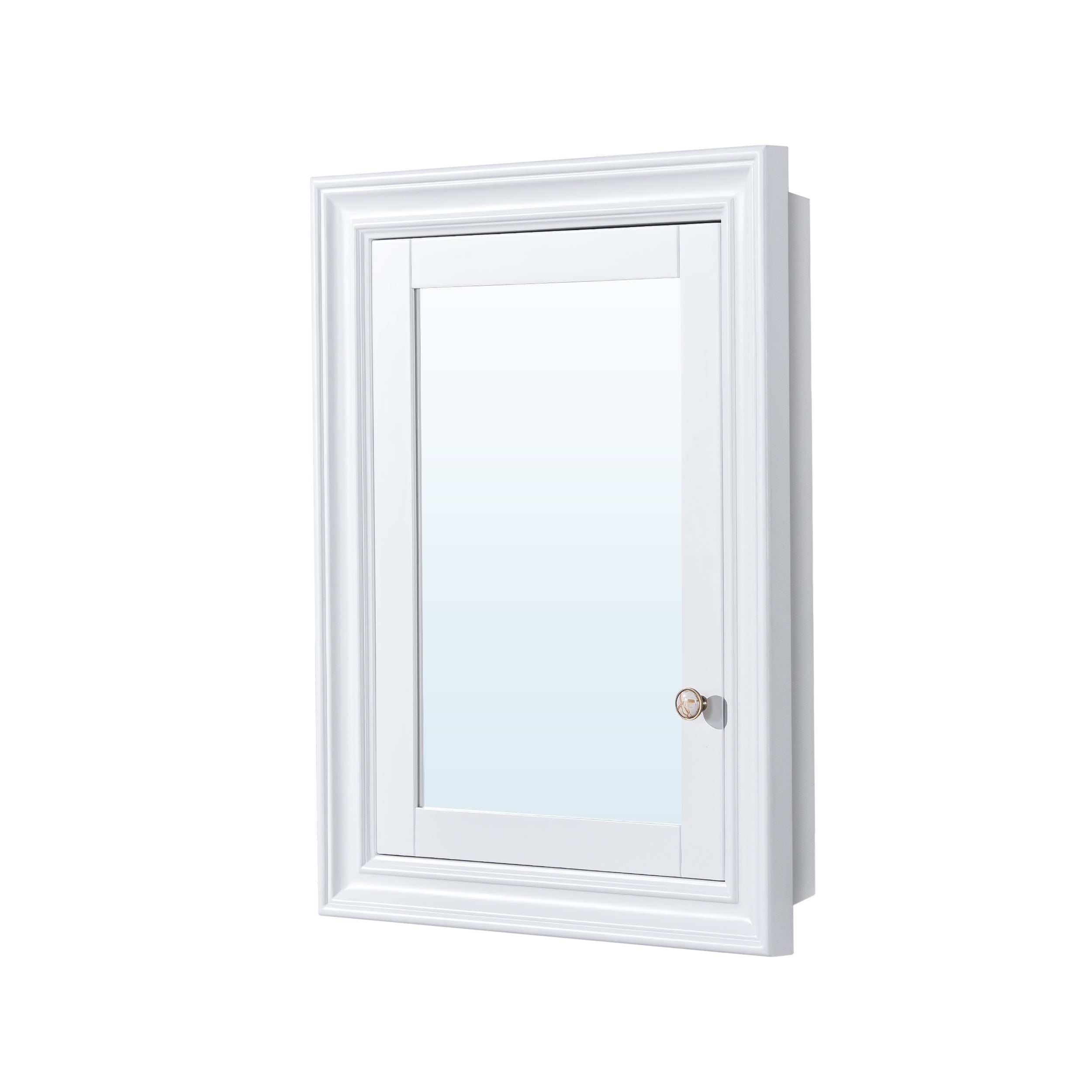
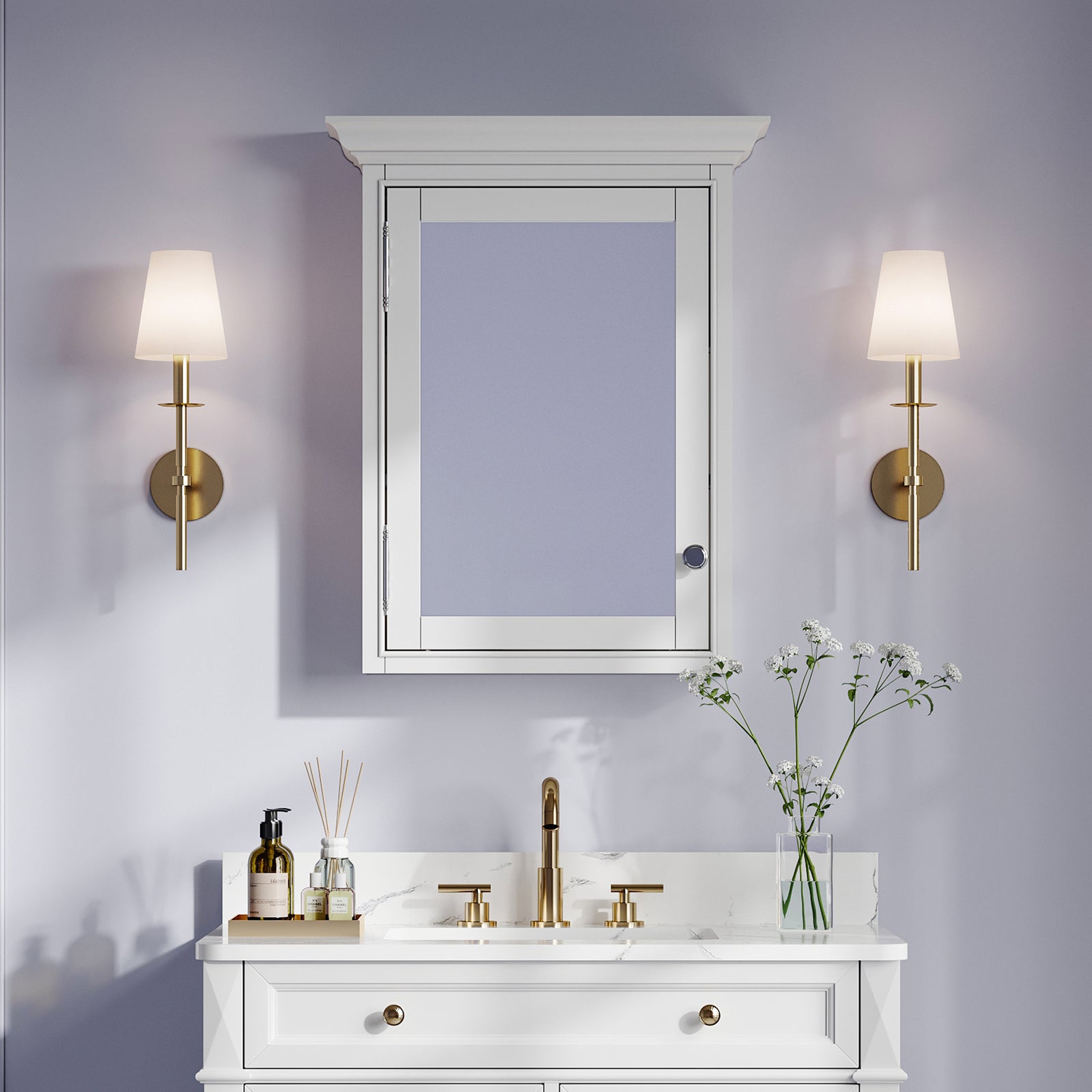
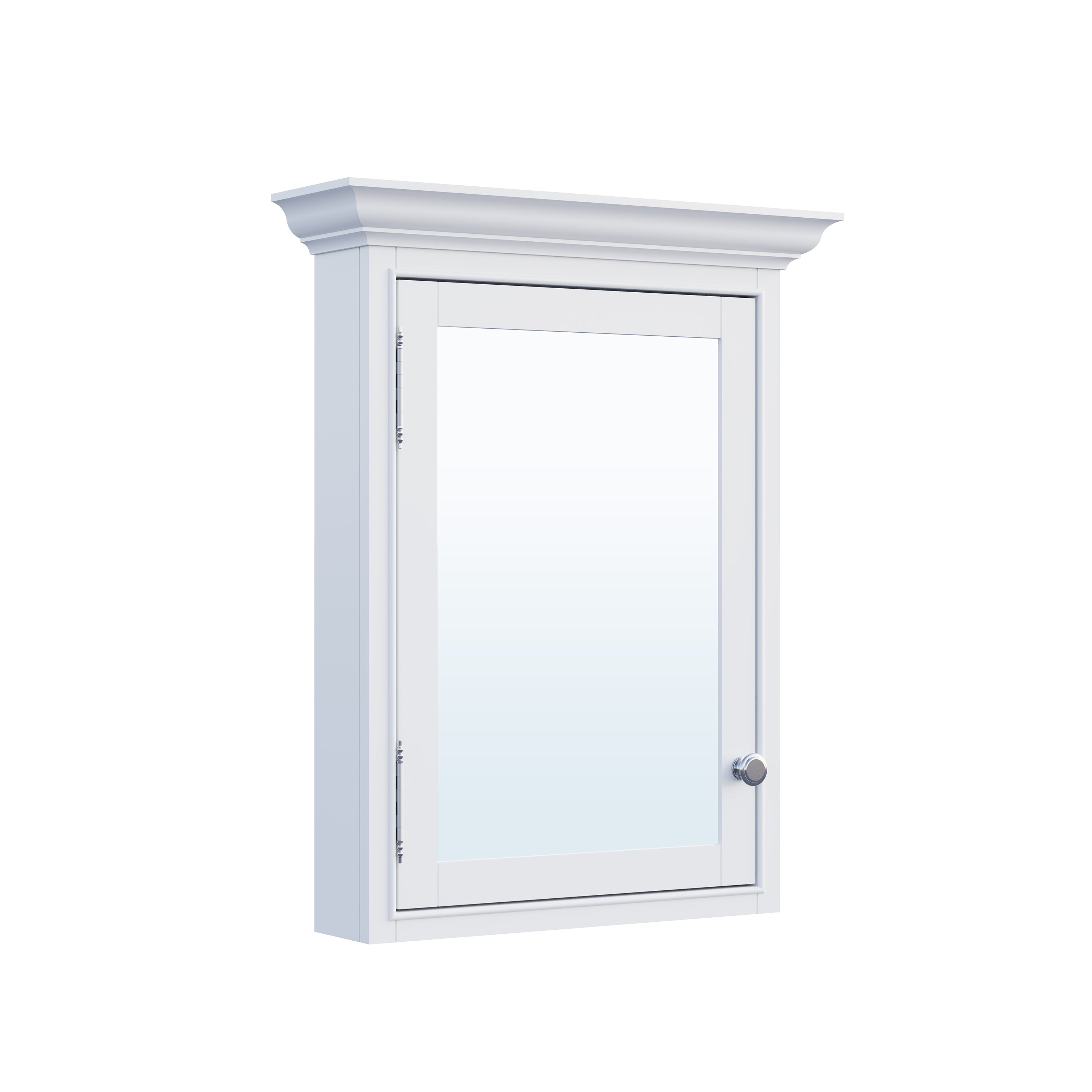
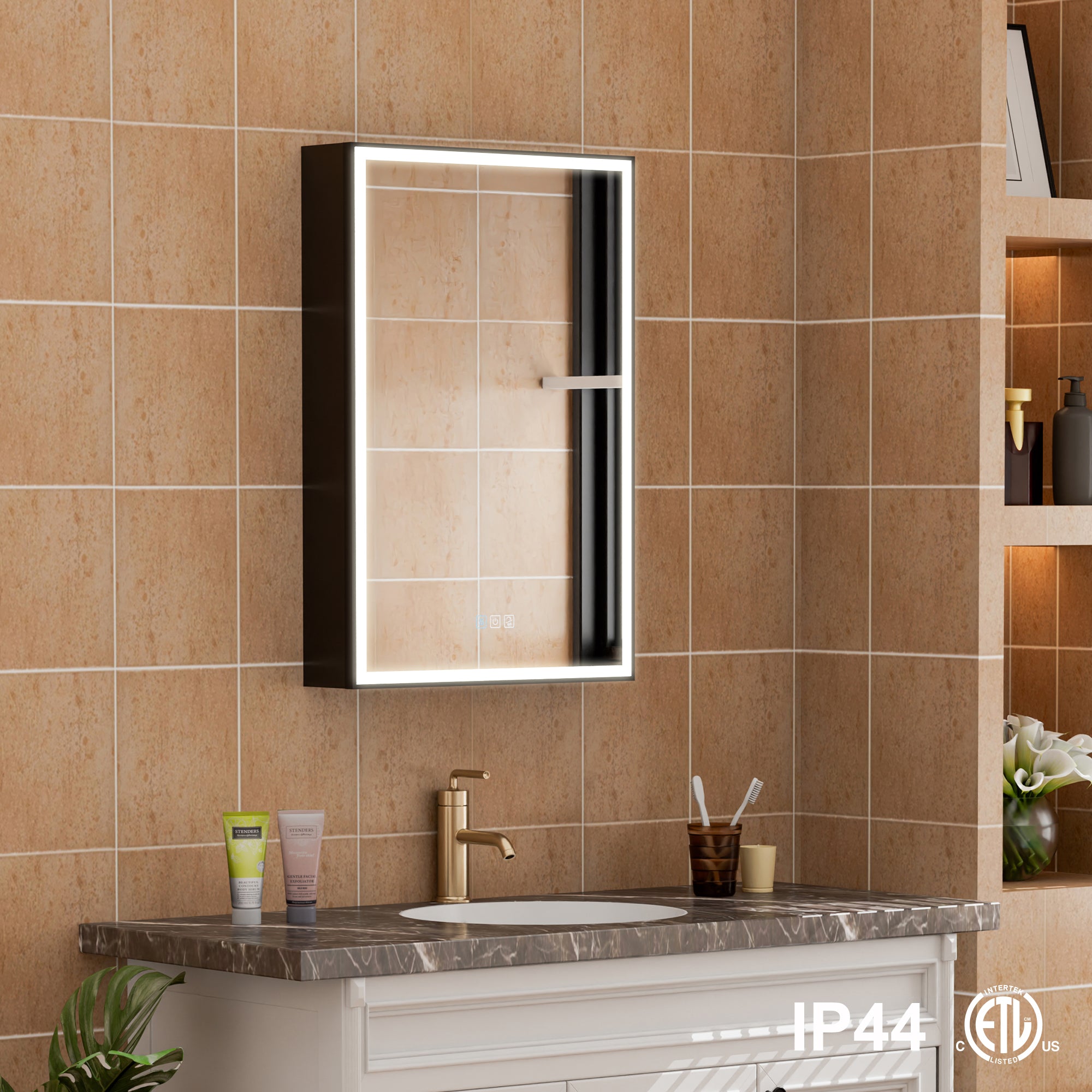


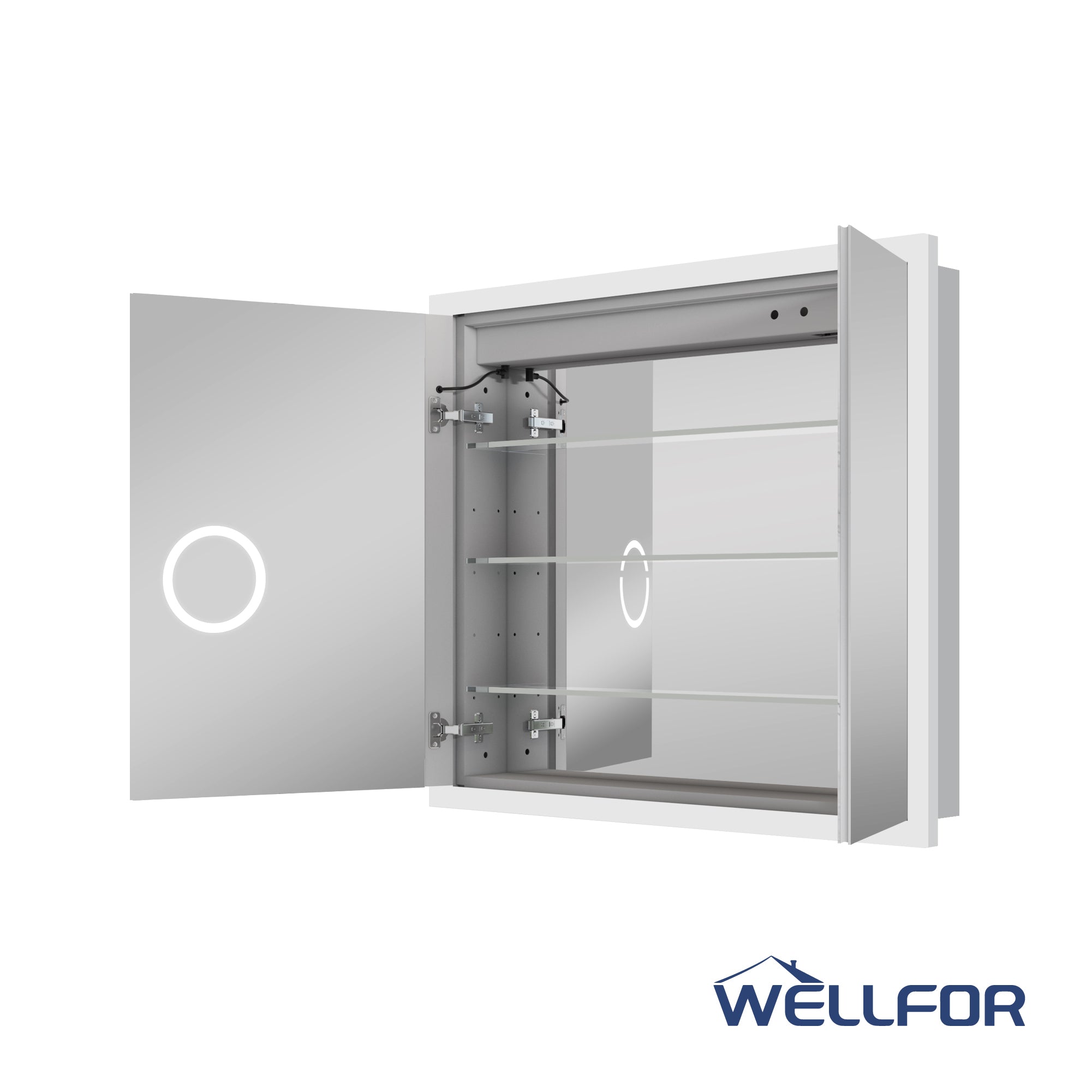
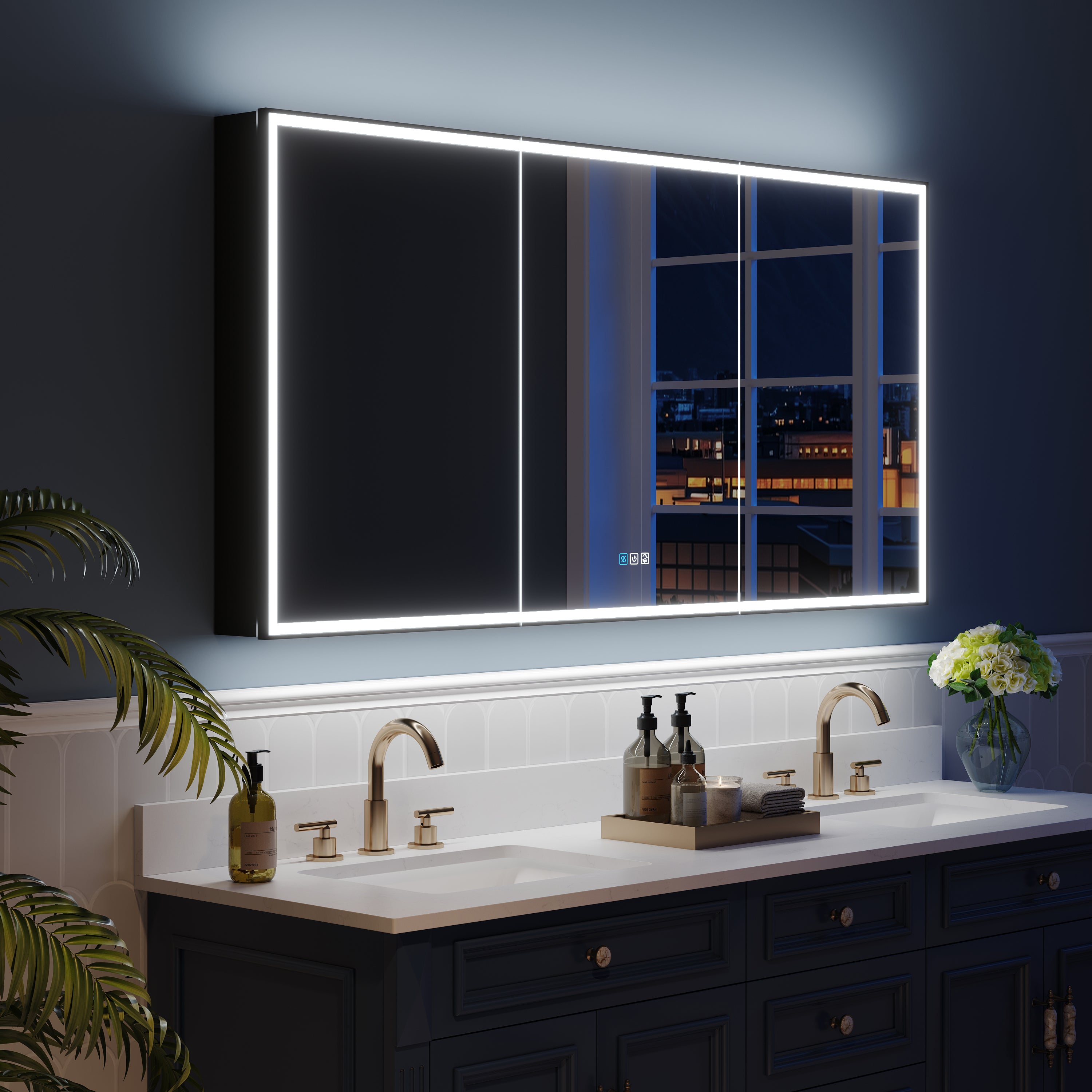
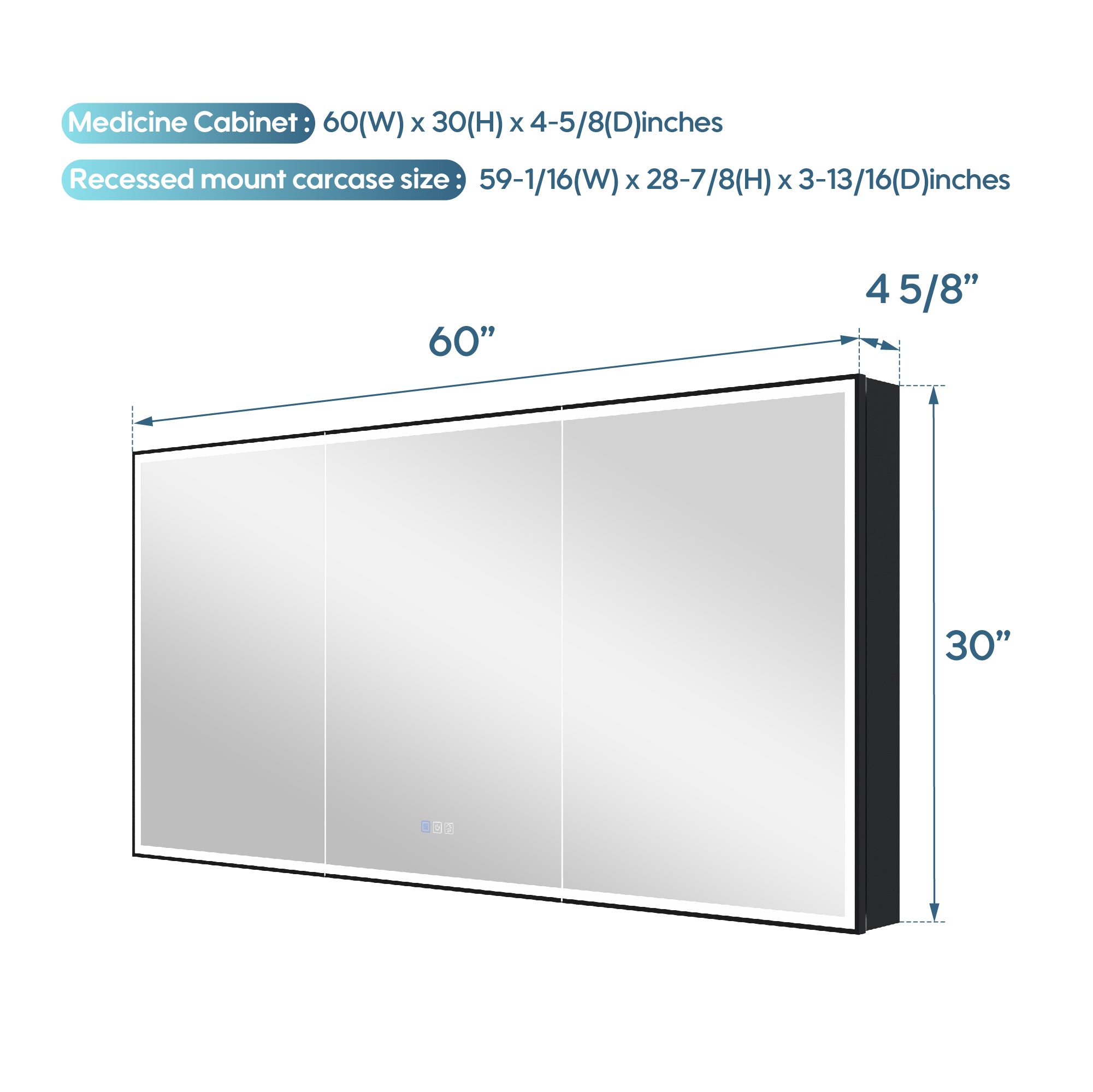


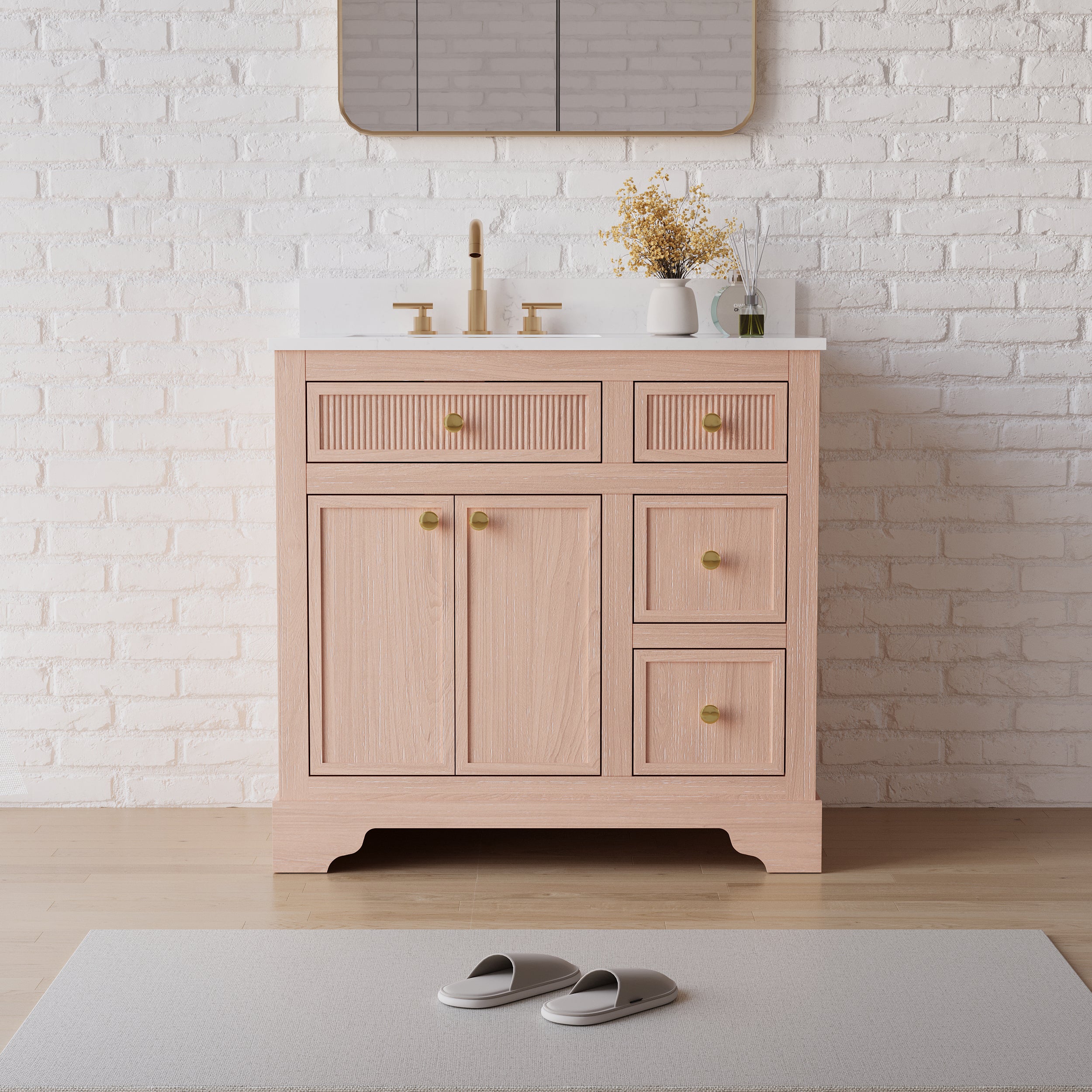

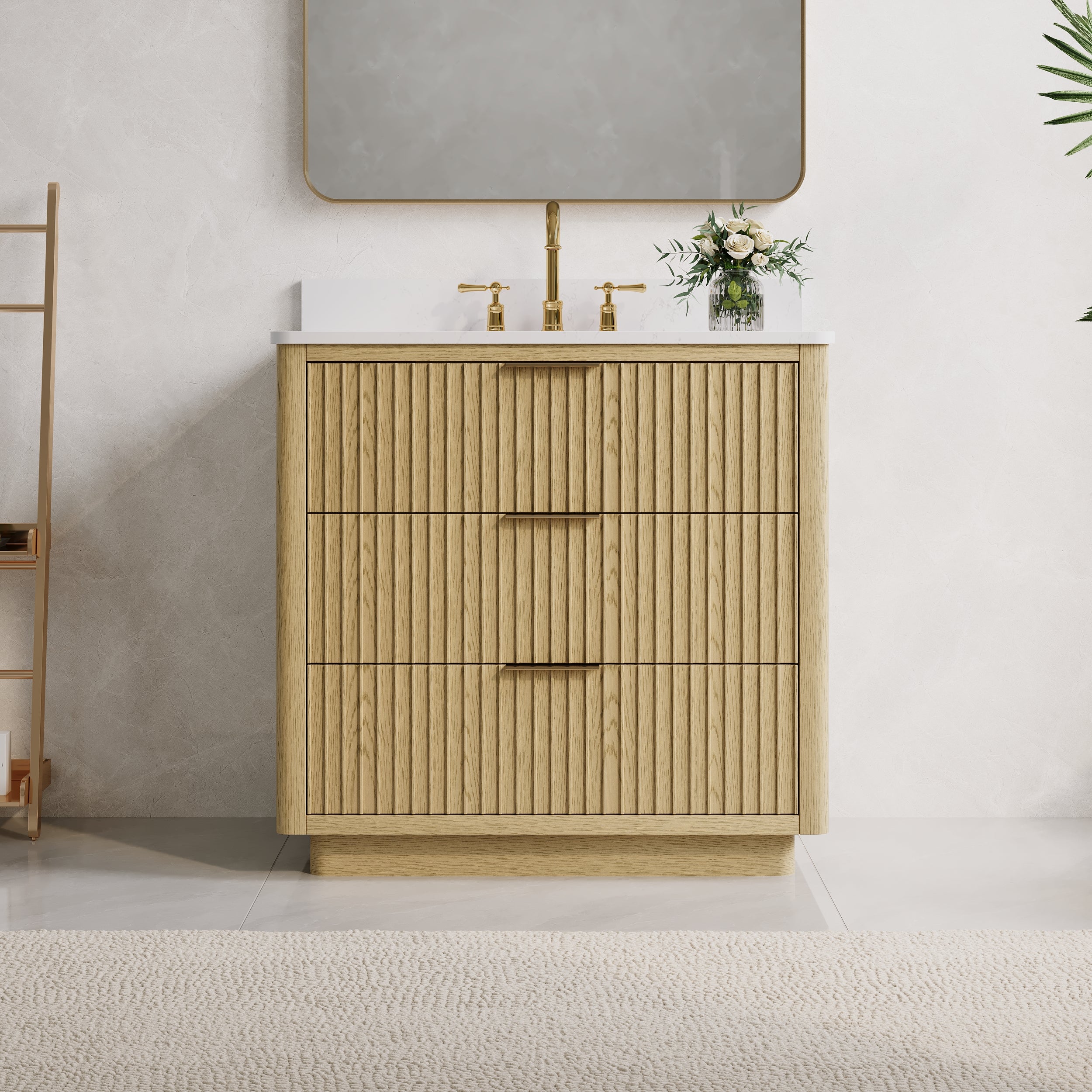
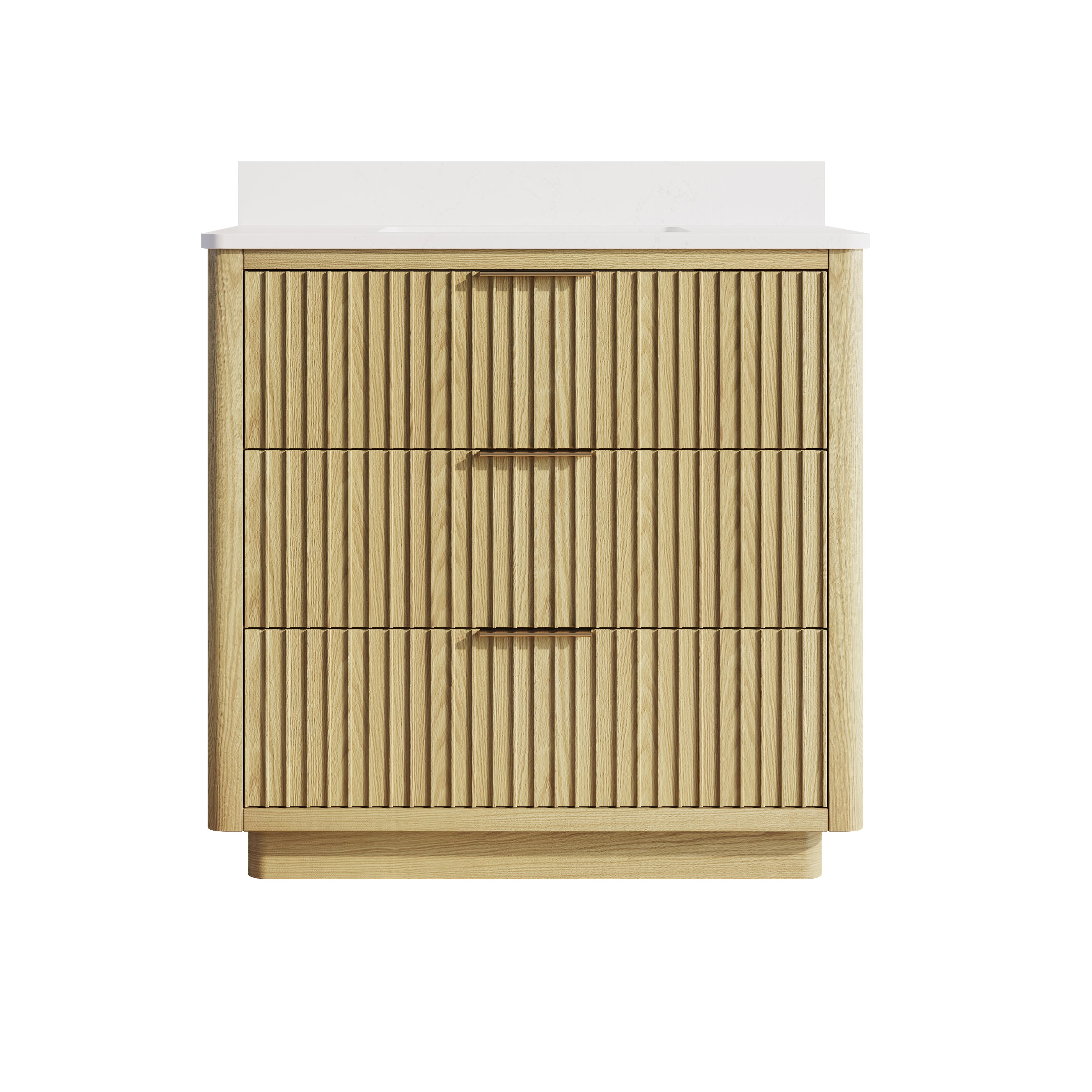
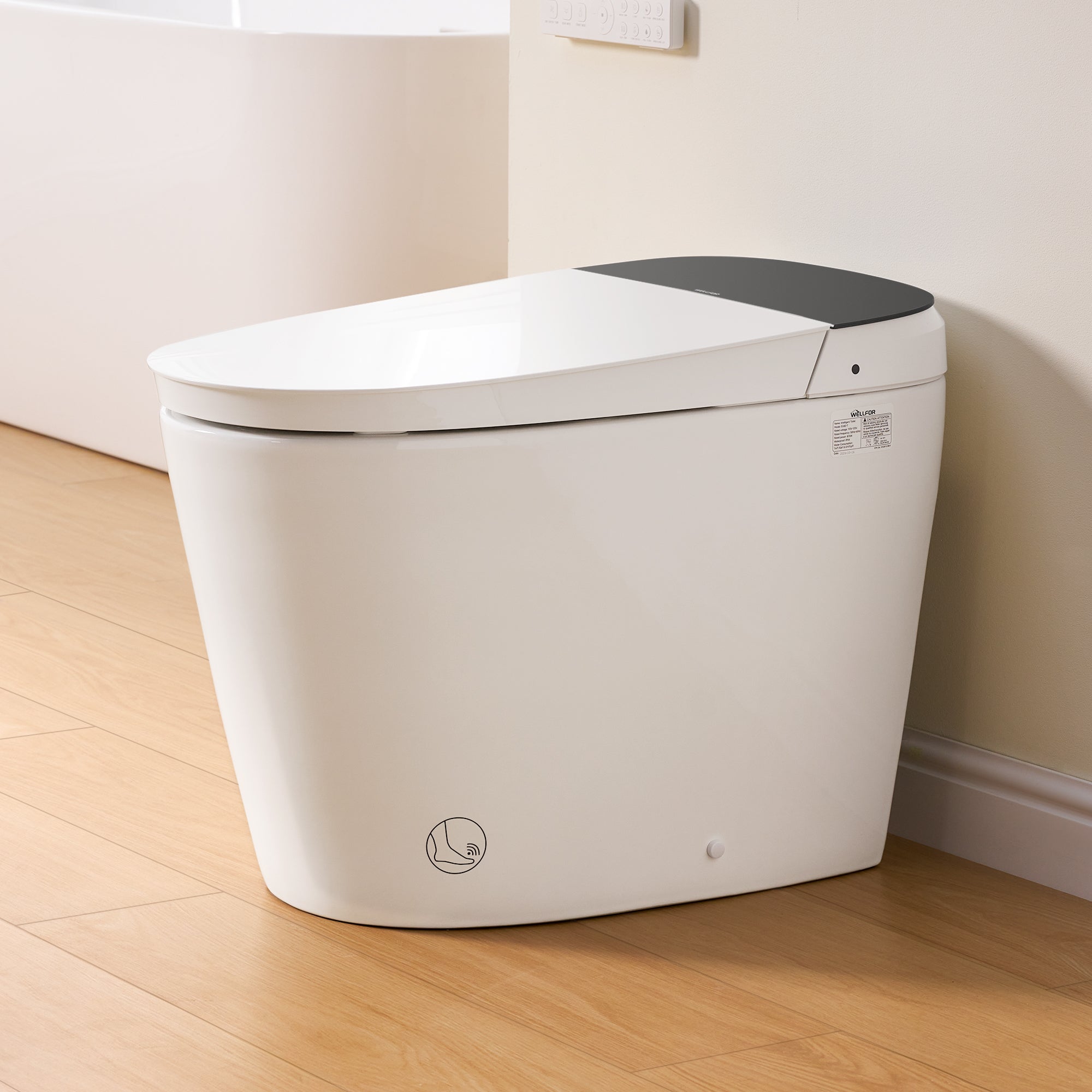
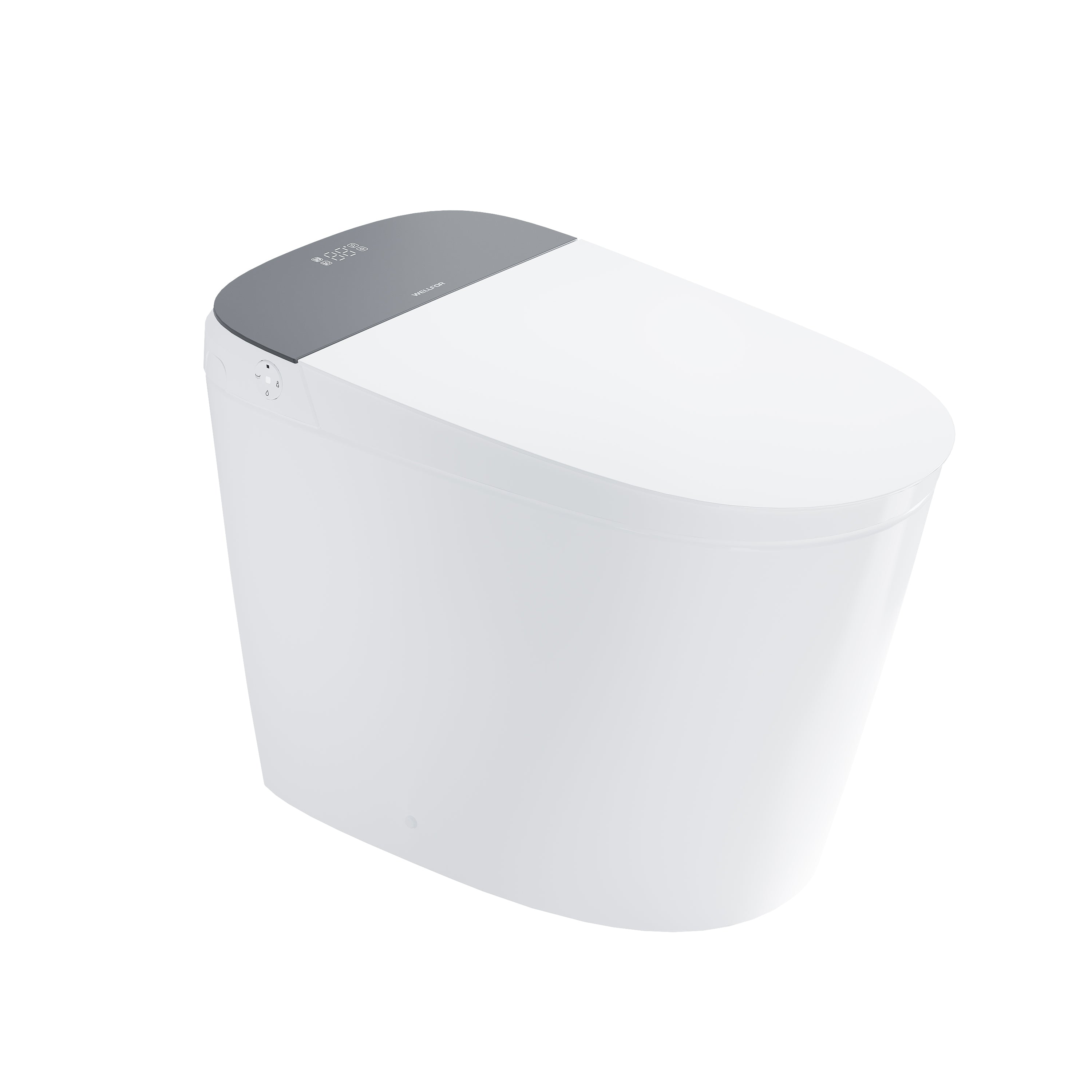
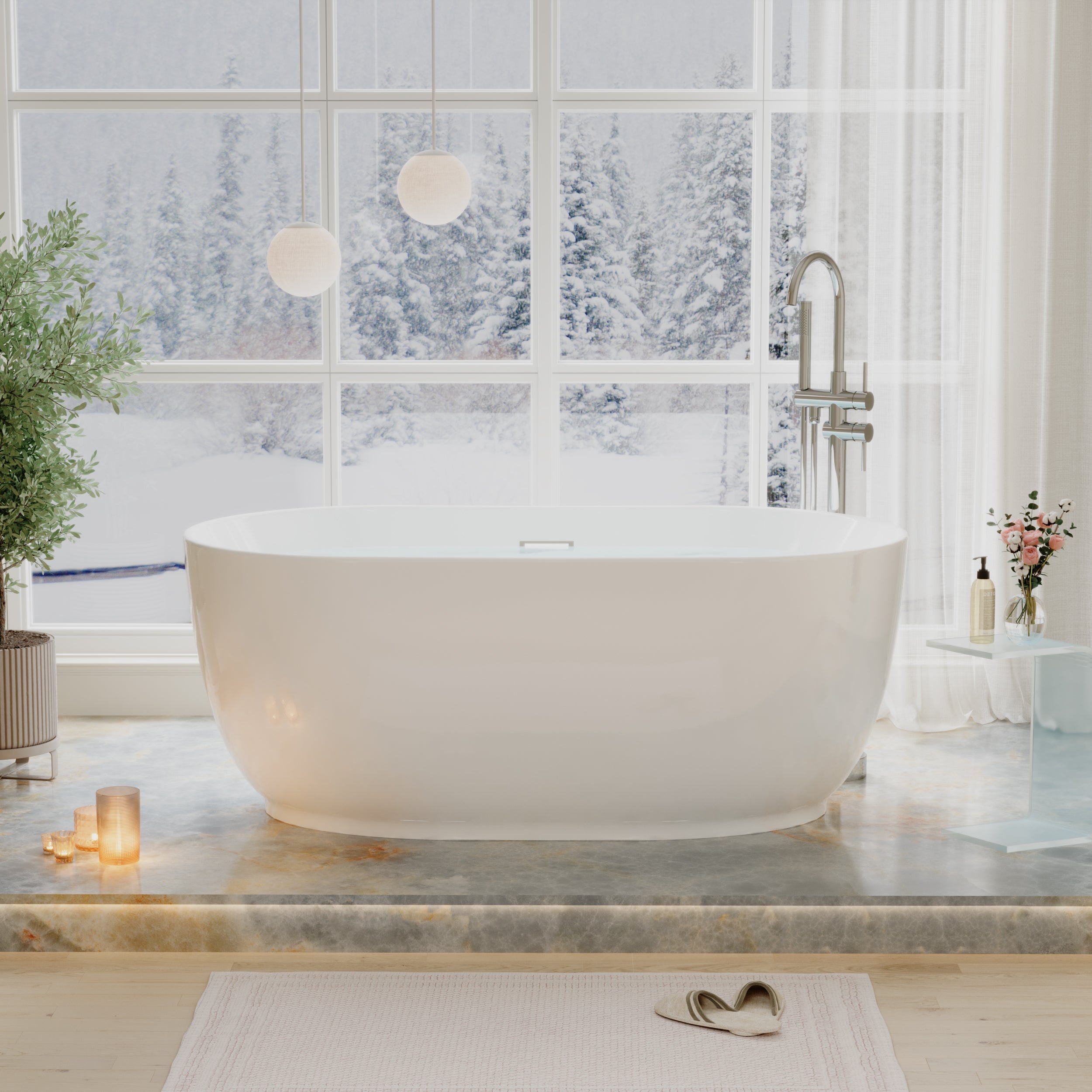
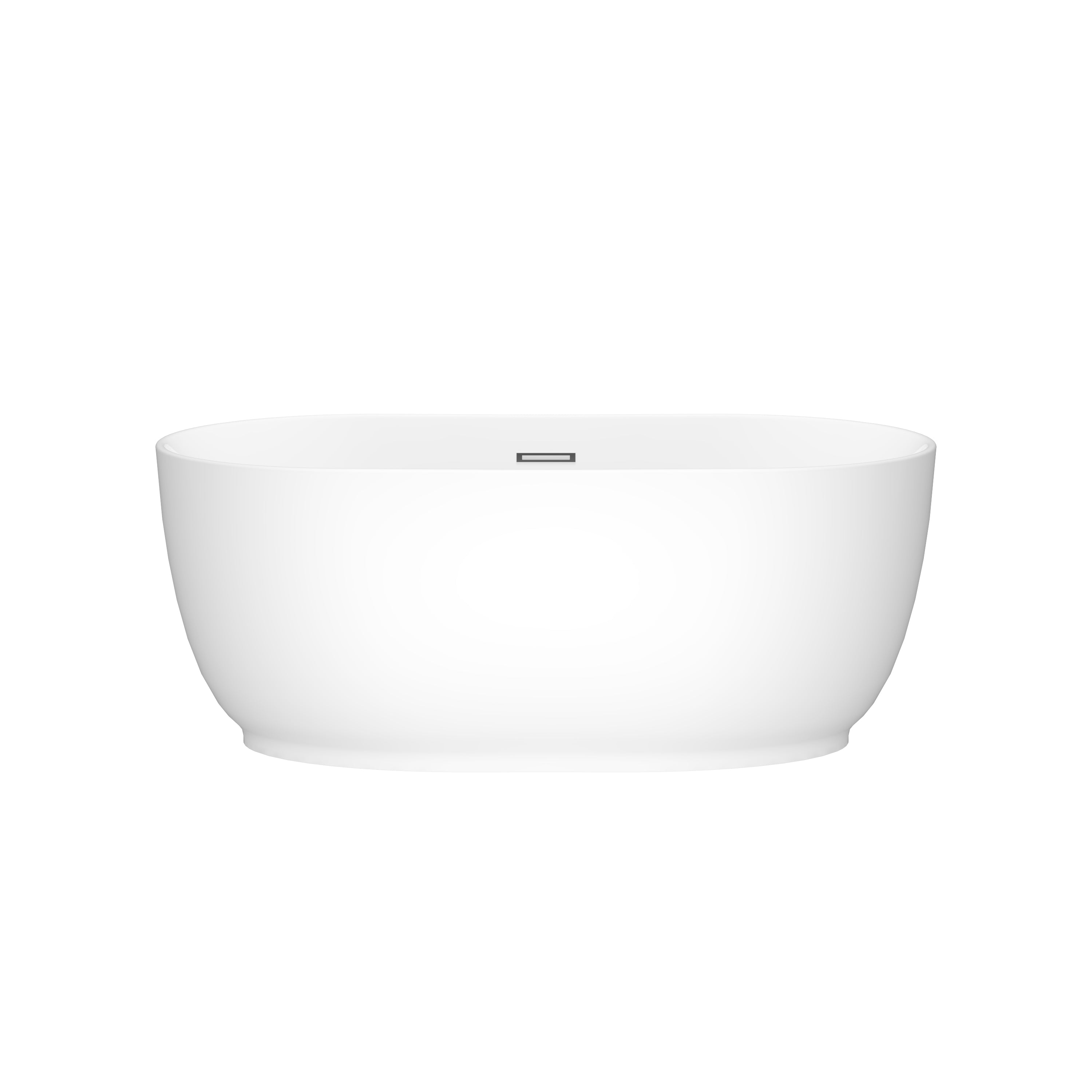
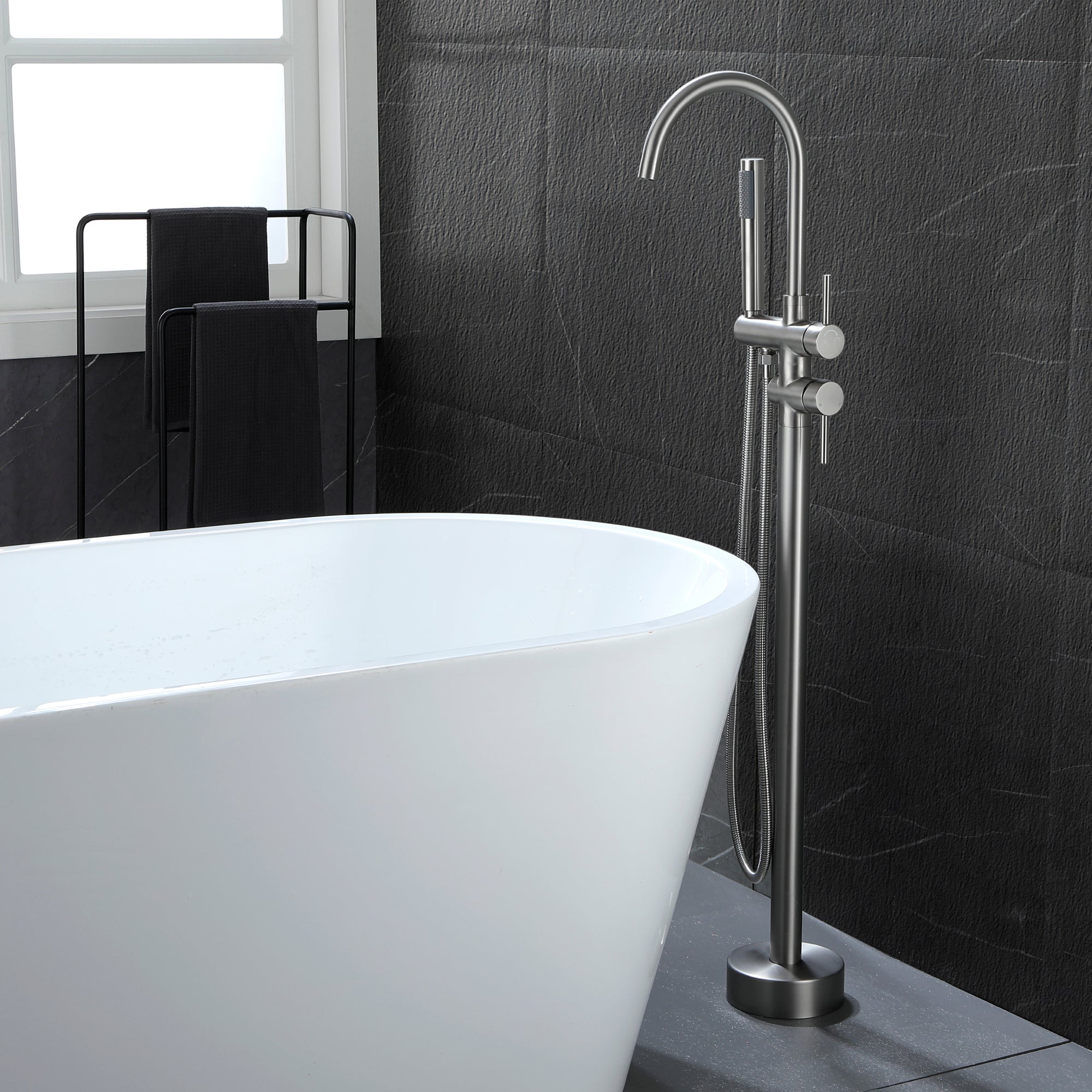

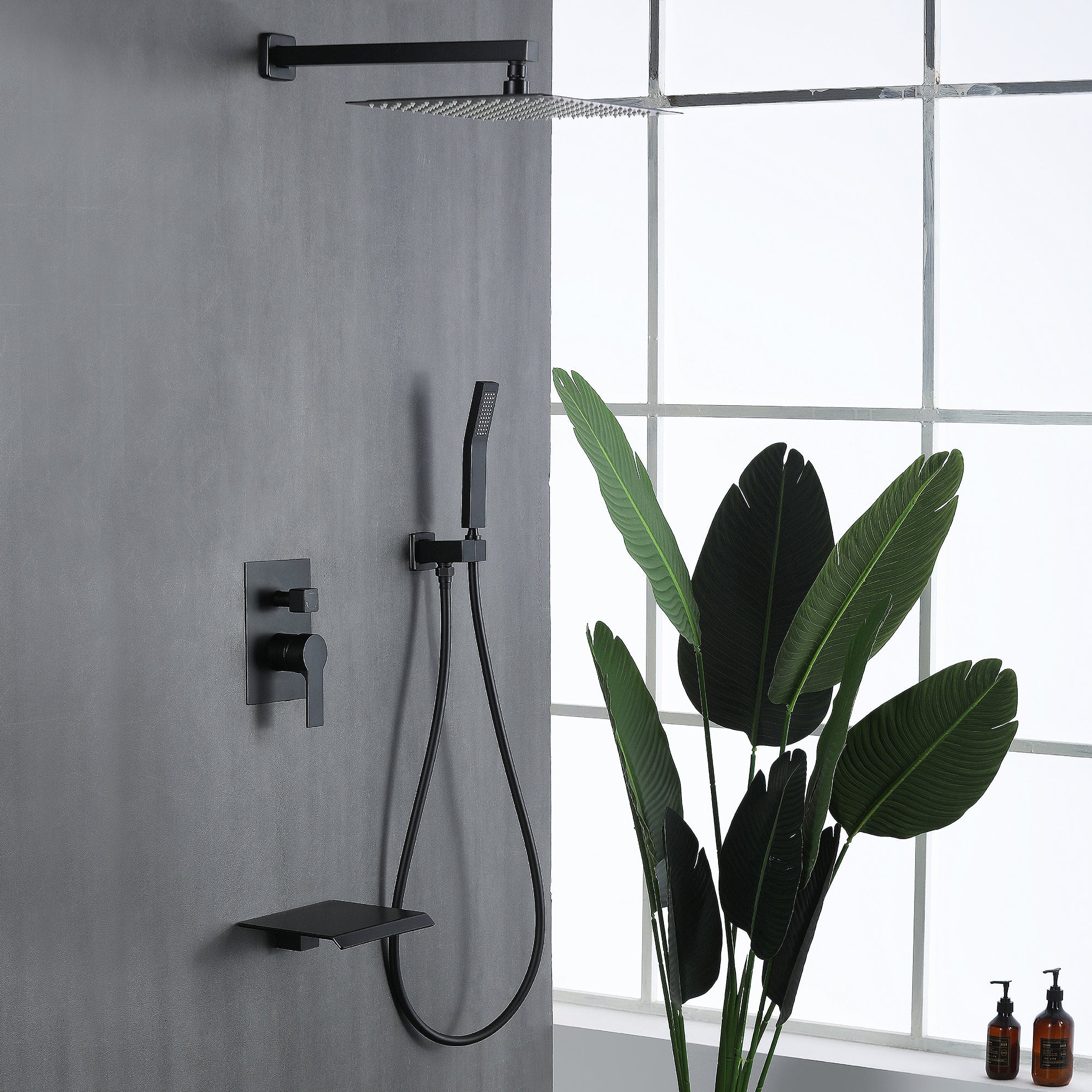
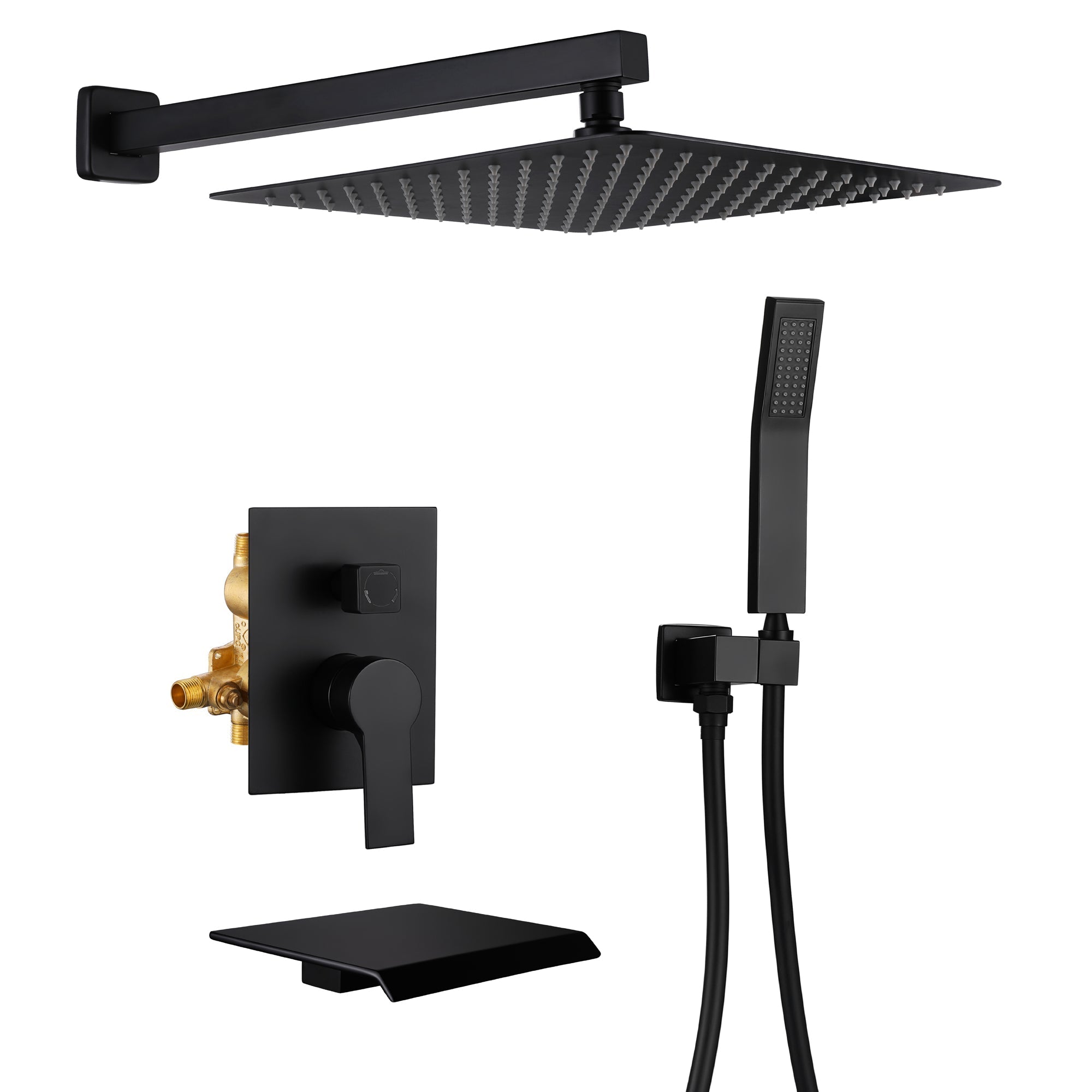
Leave a comment
This site is protected by hCaptcha and the hCaptcha Privacy Policy and Terms of Service apply.